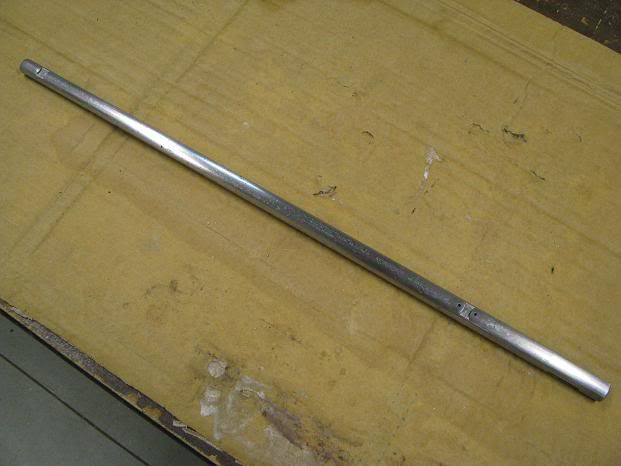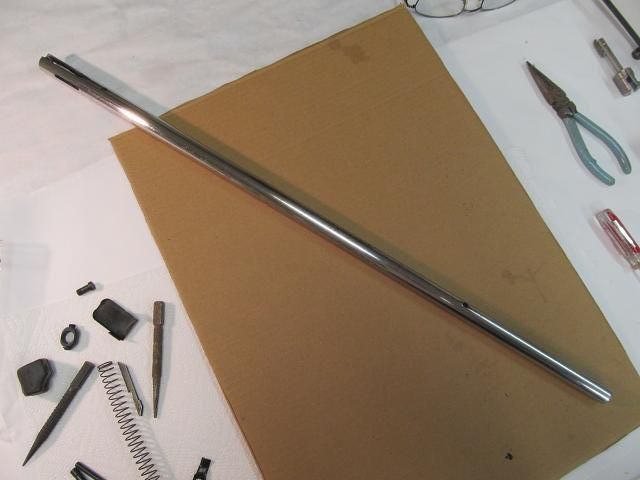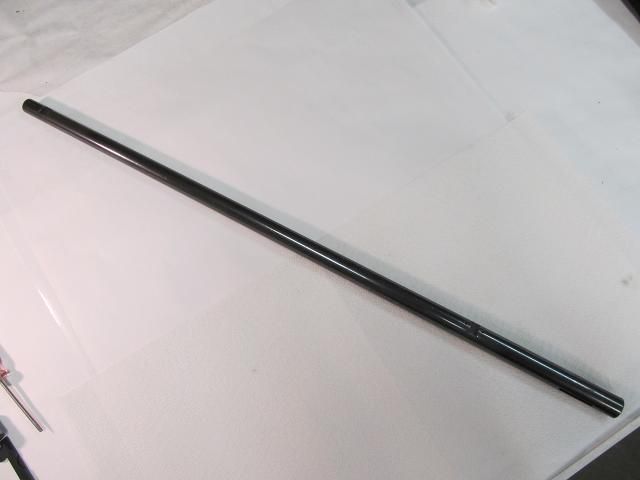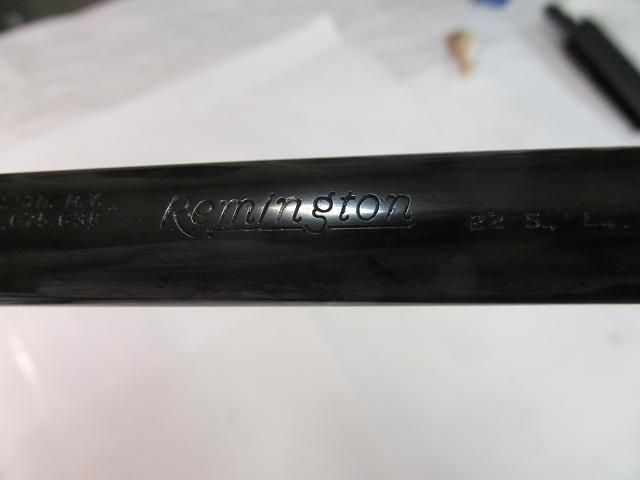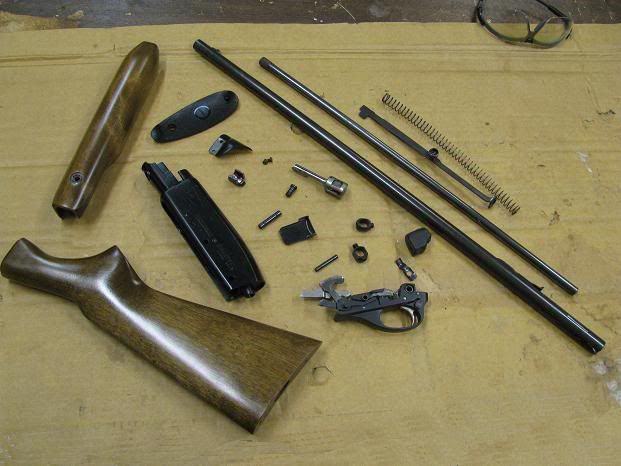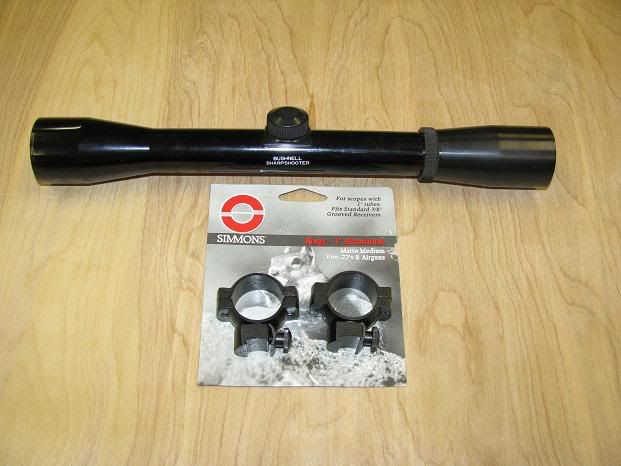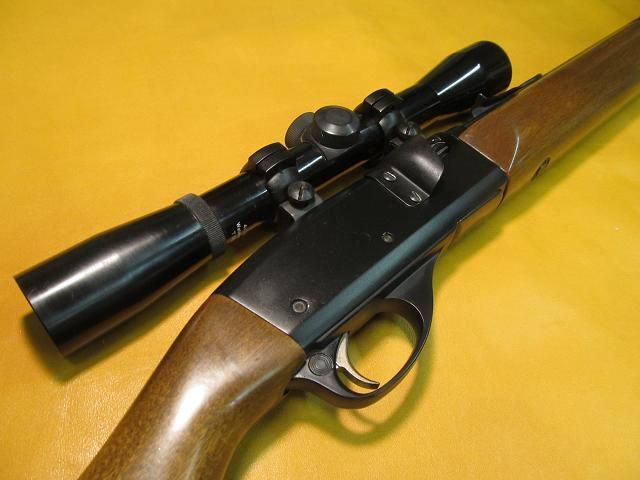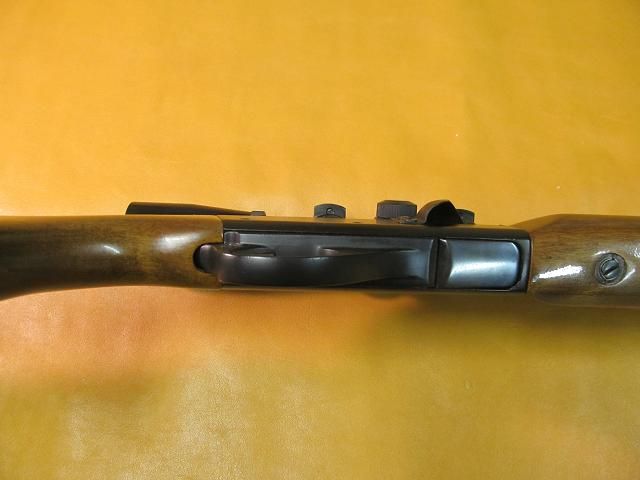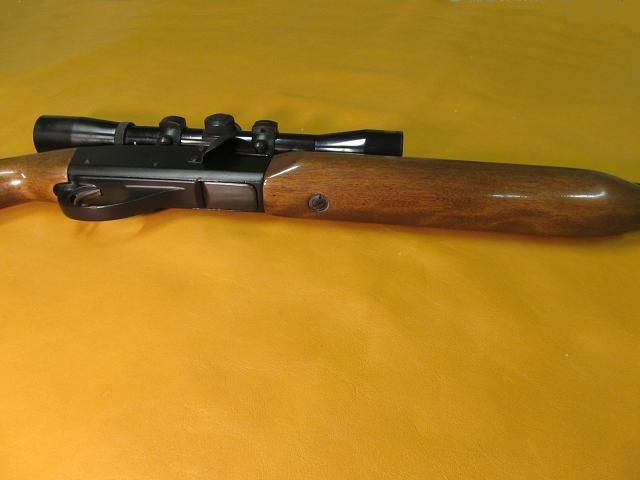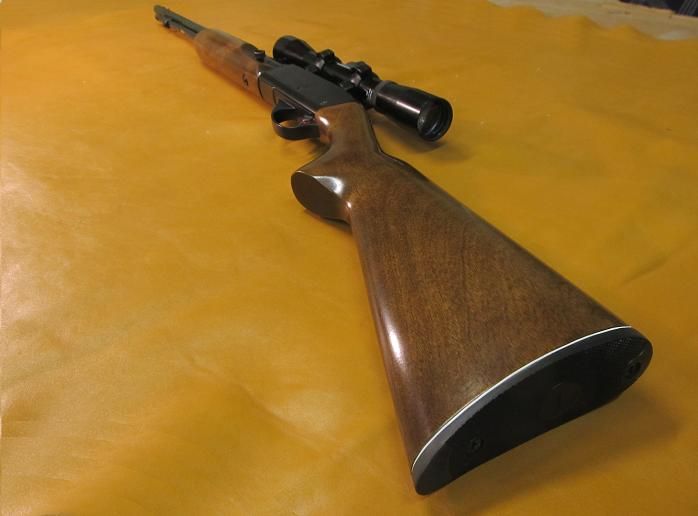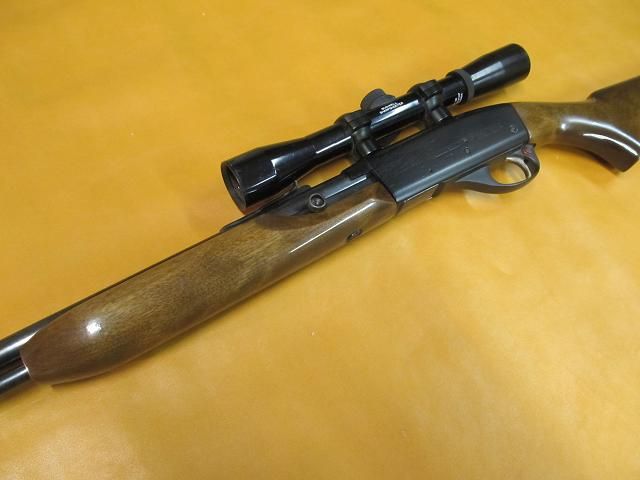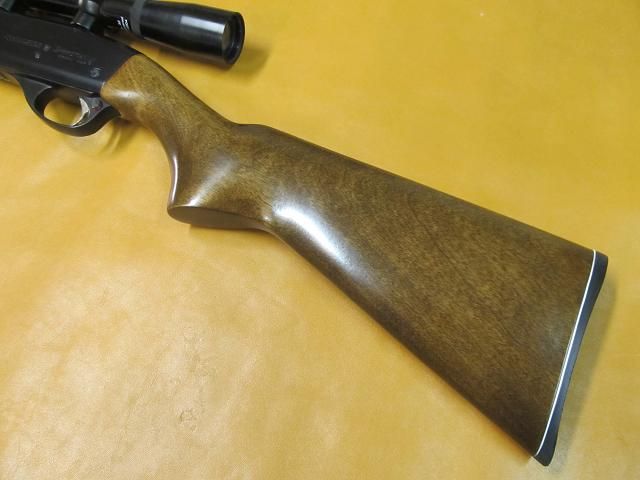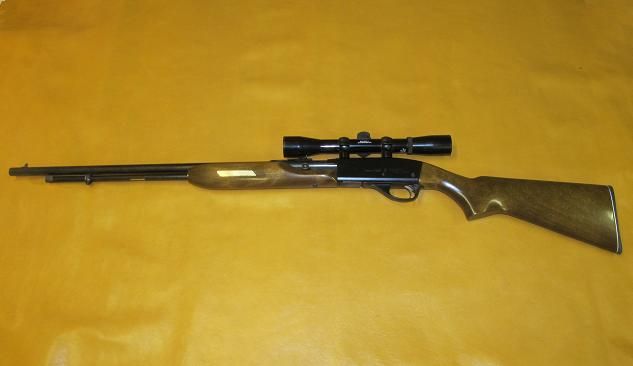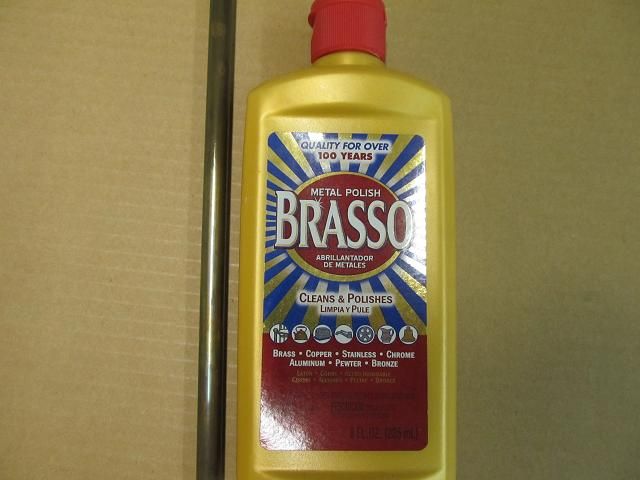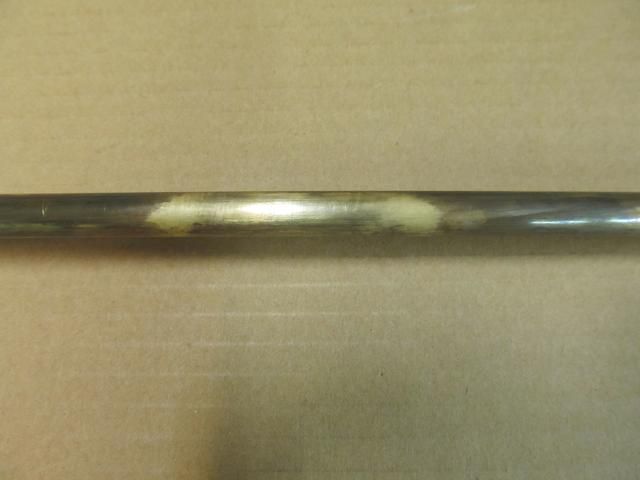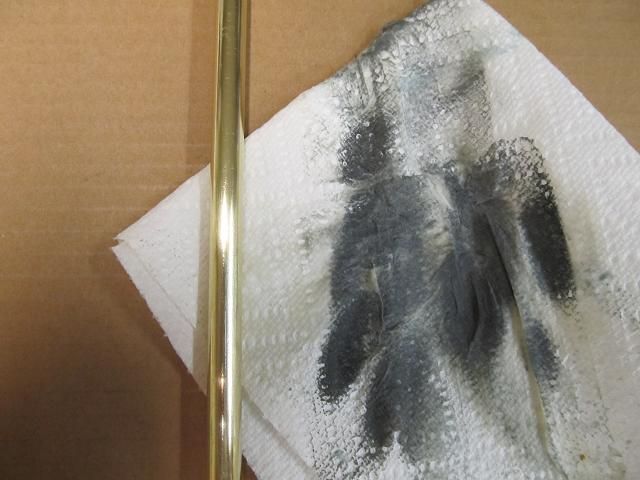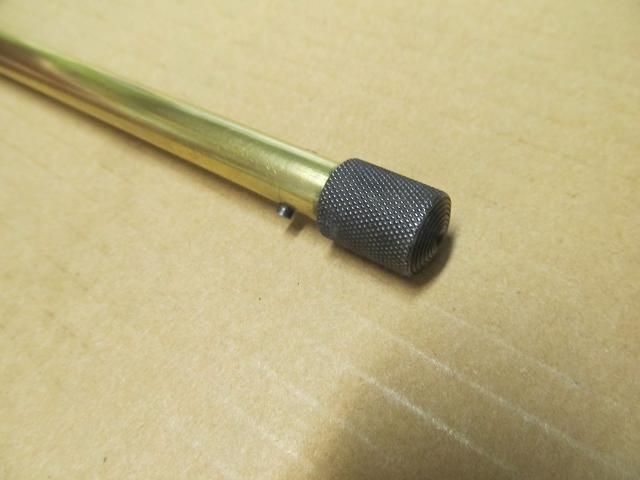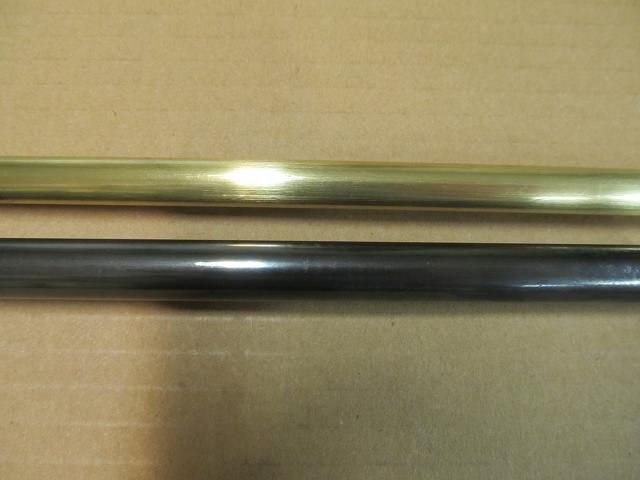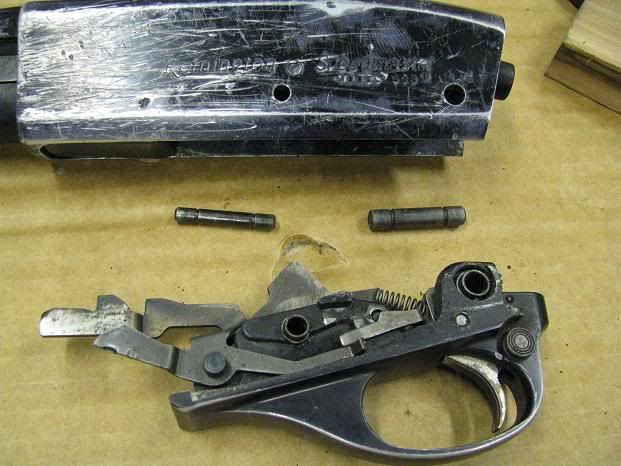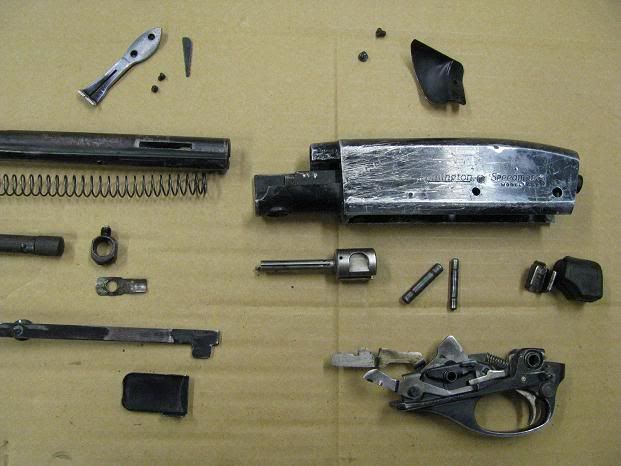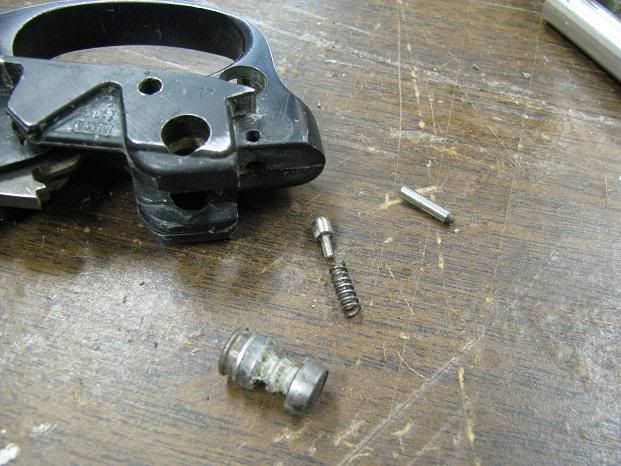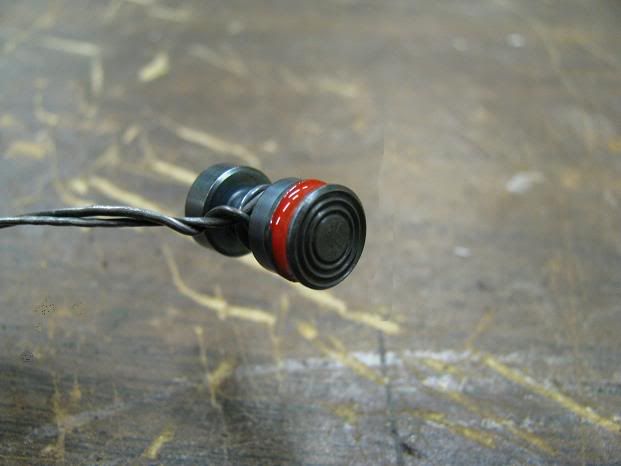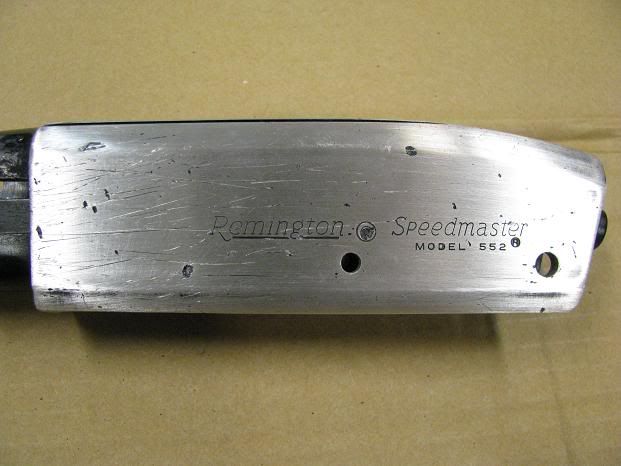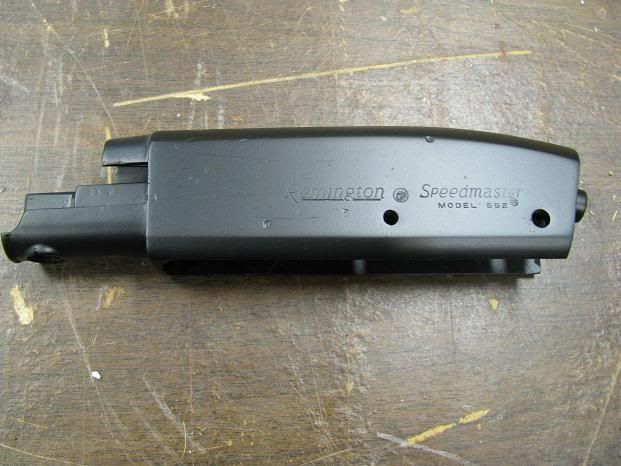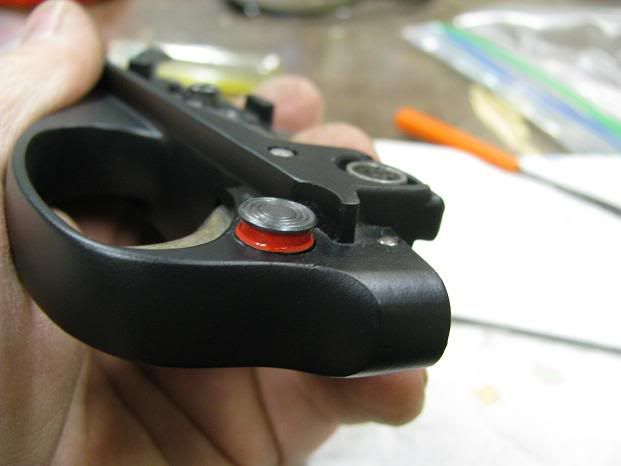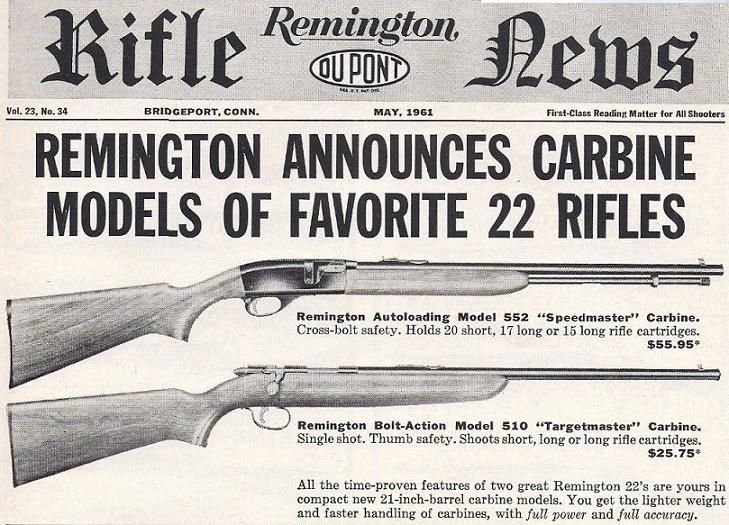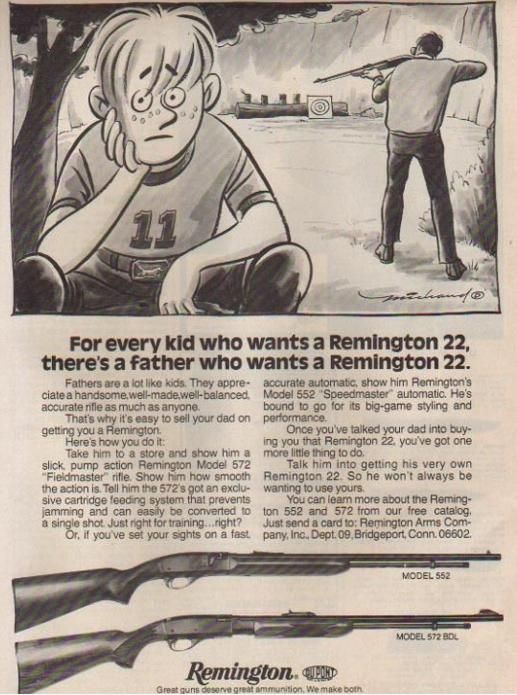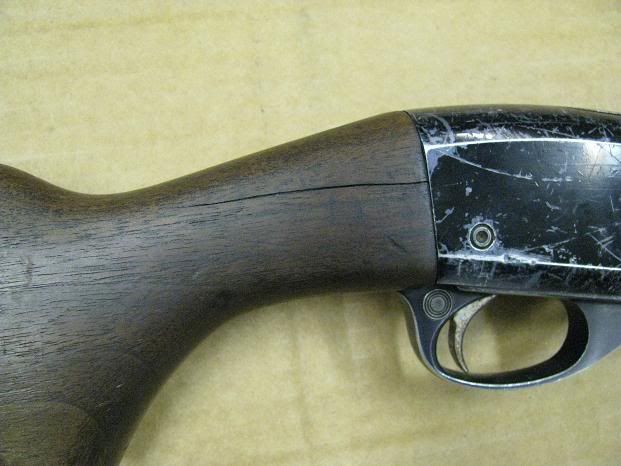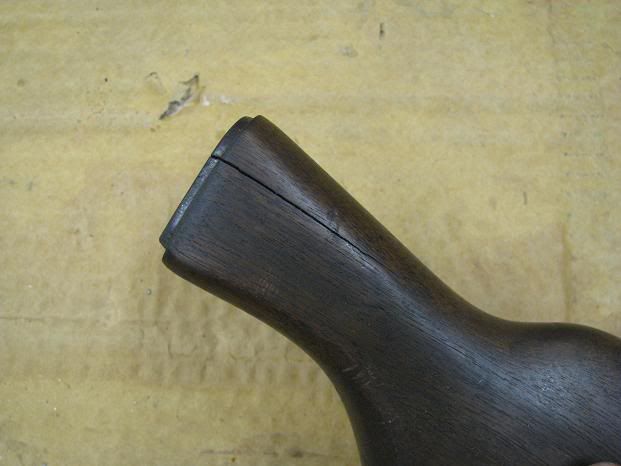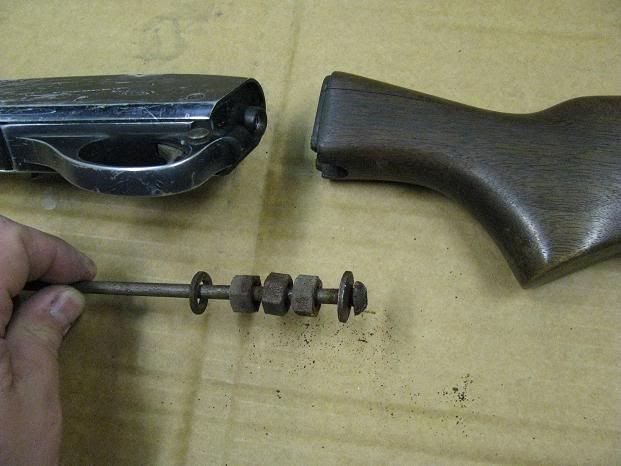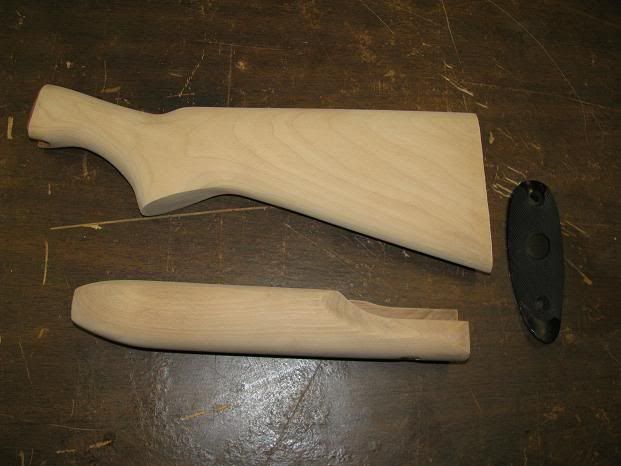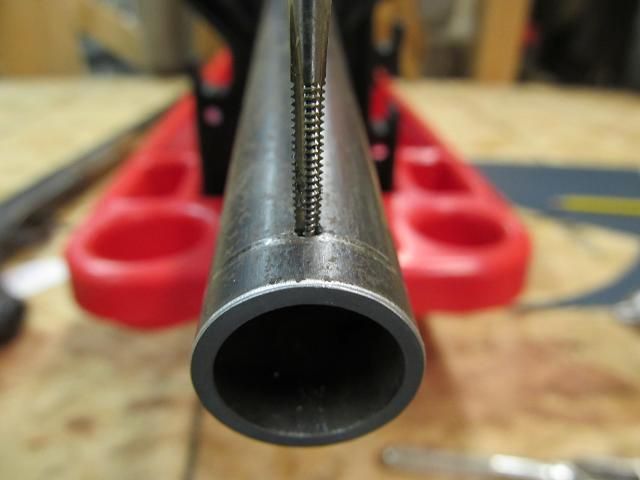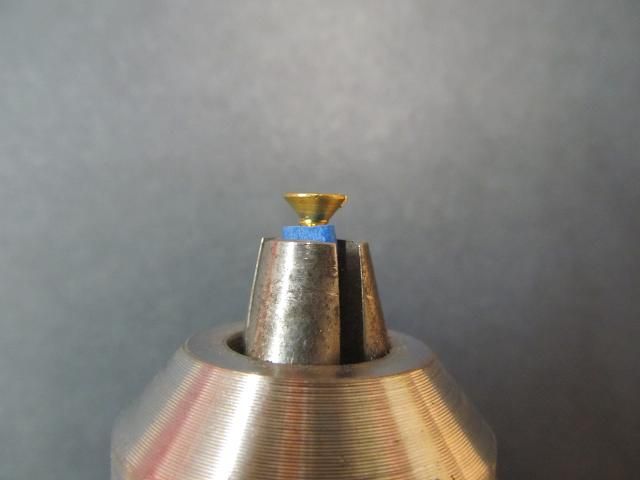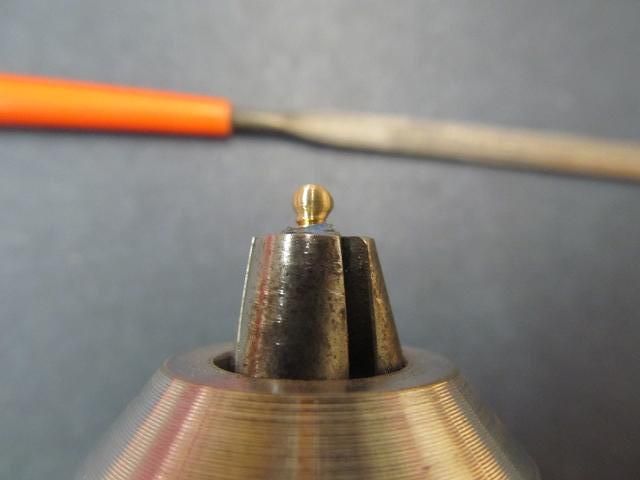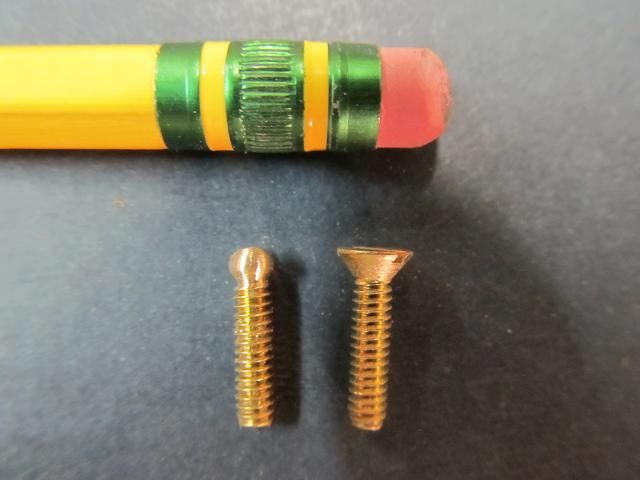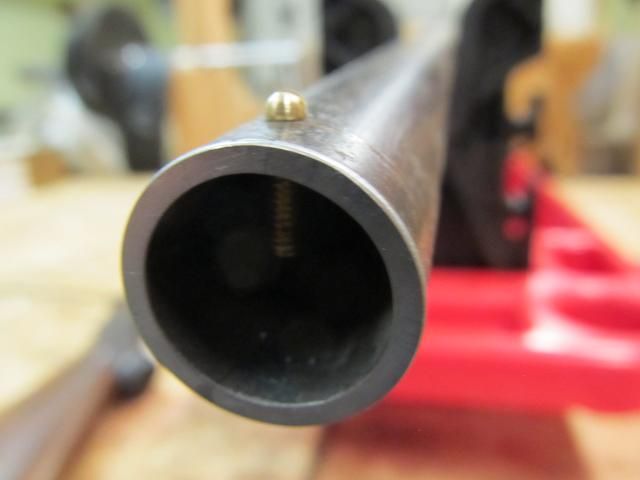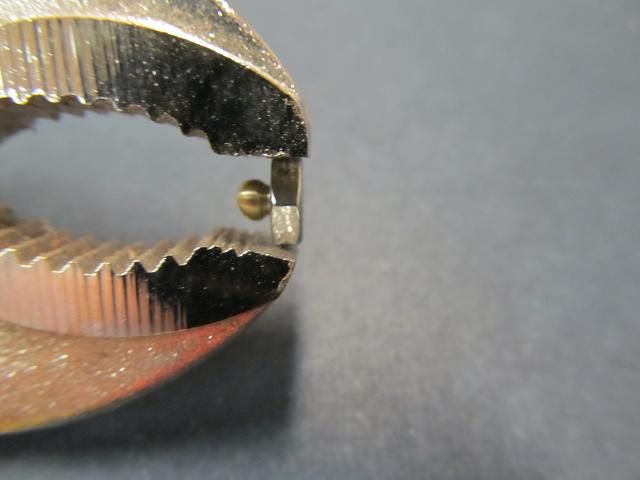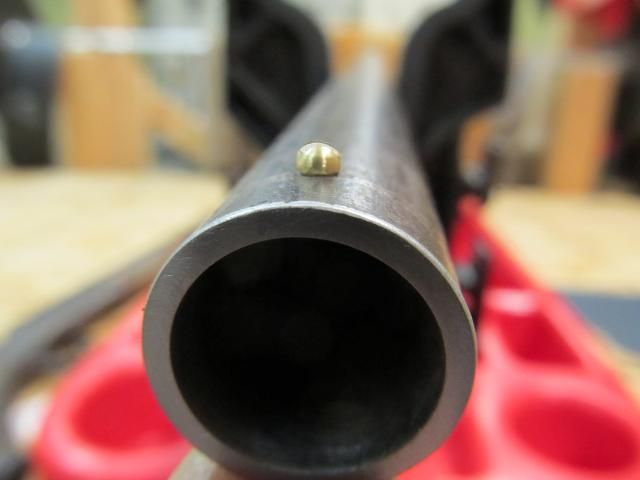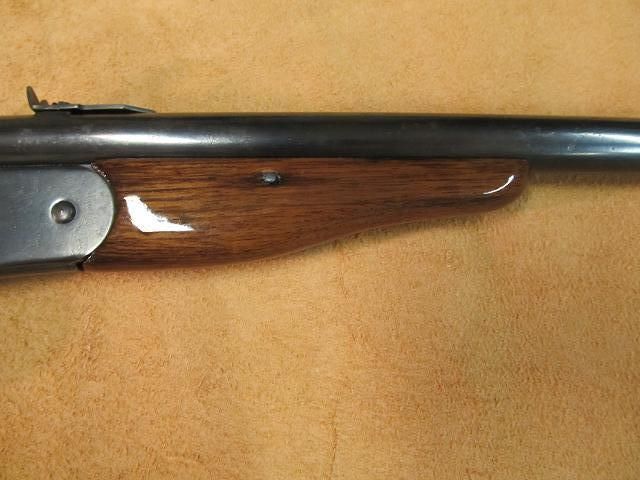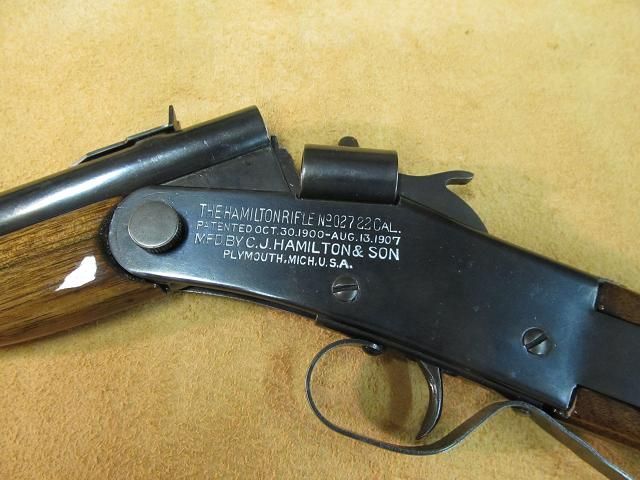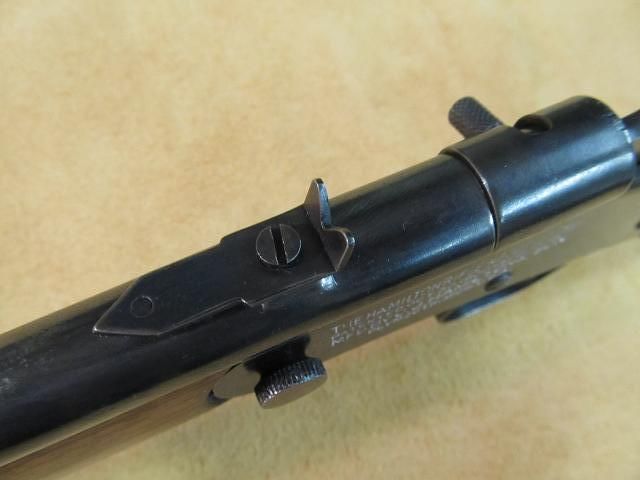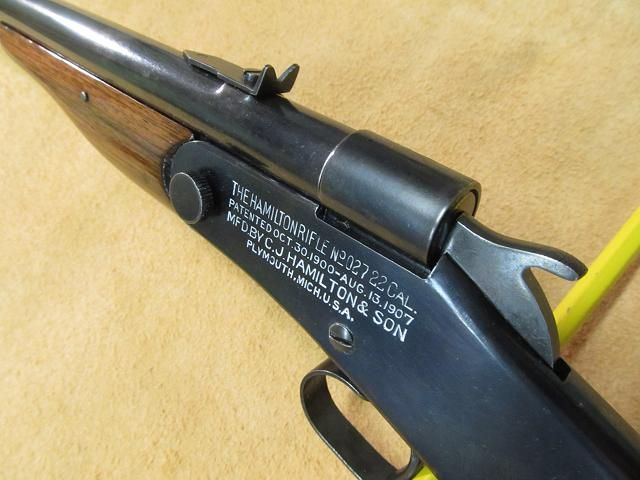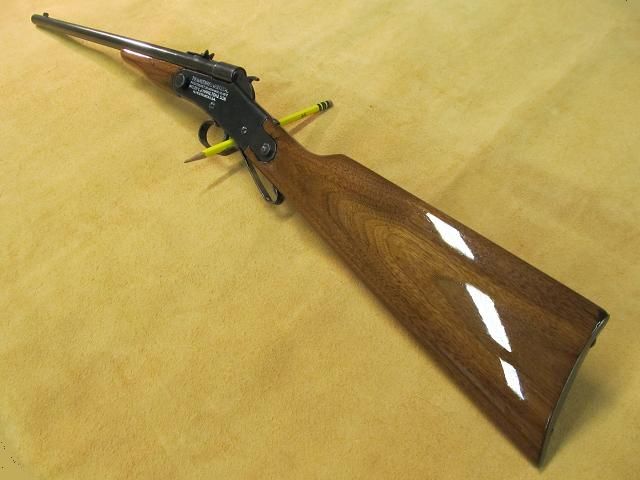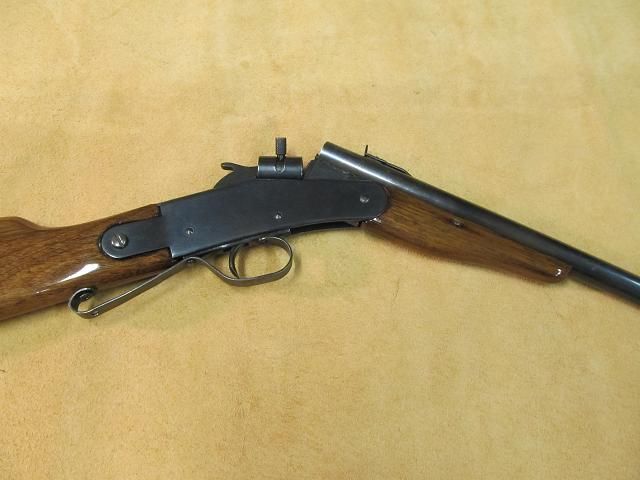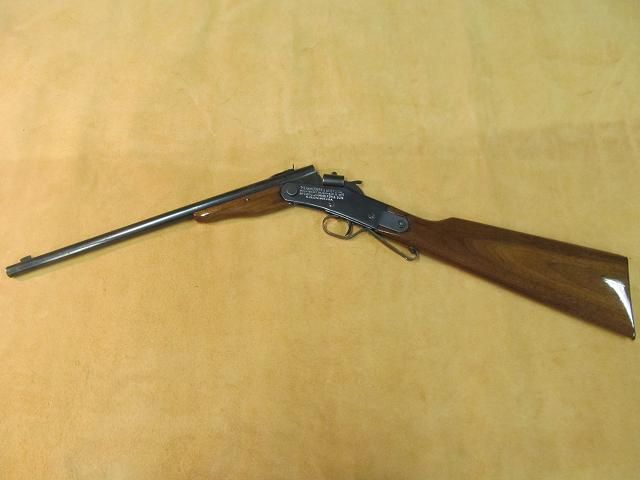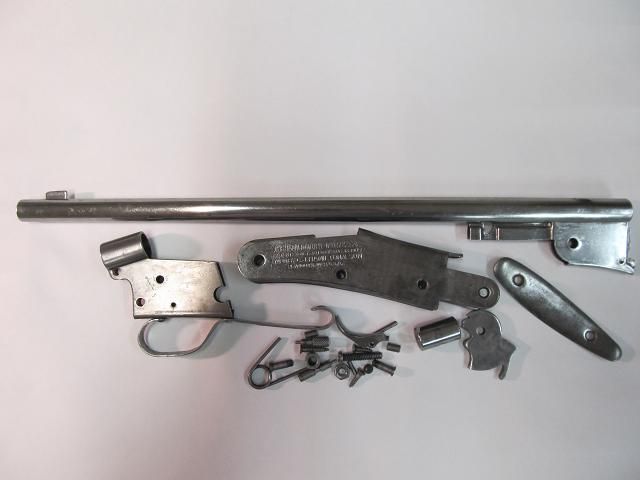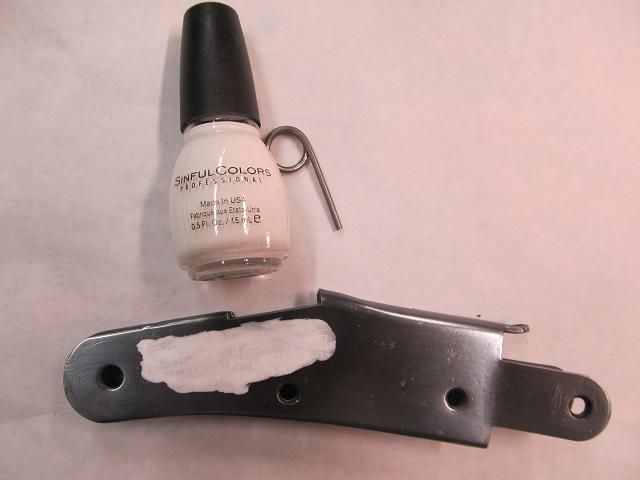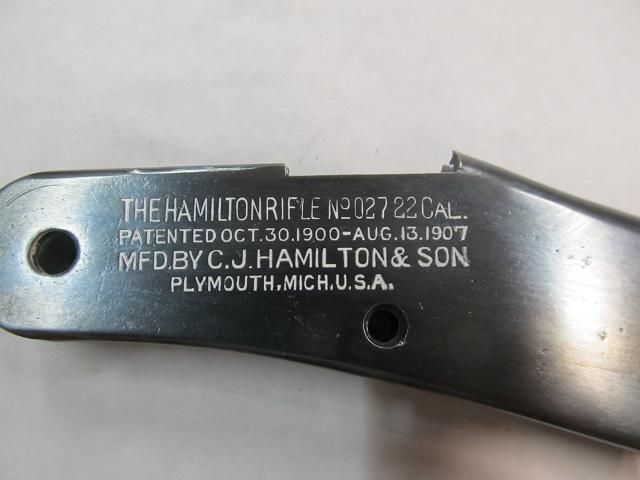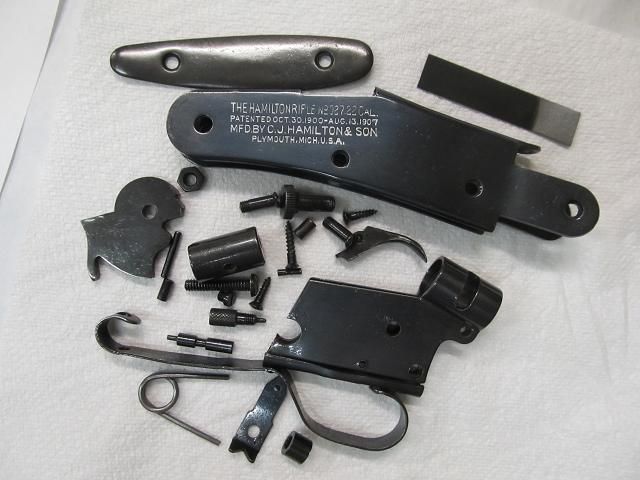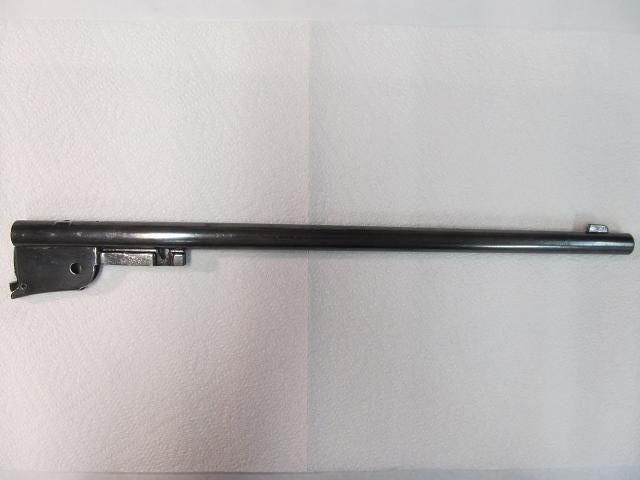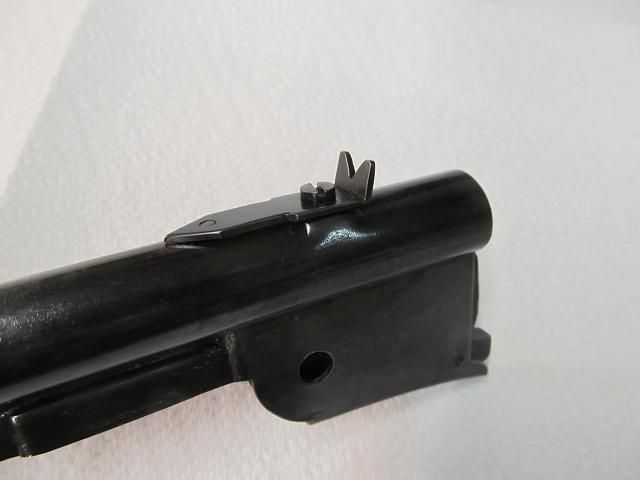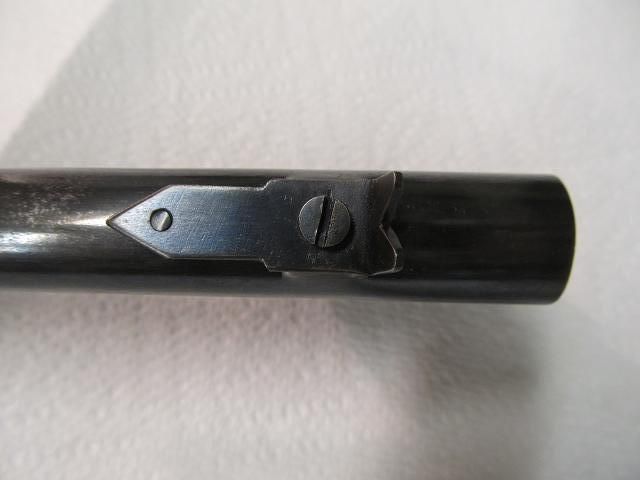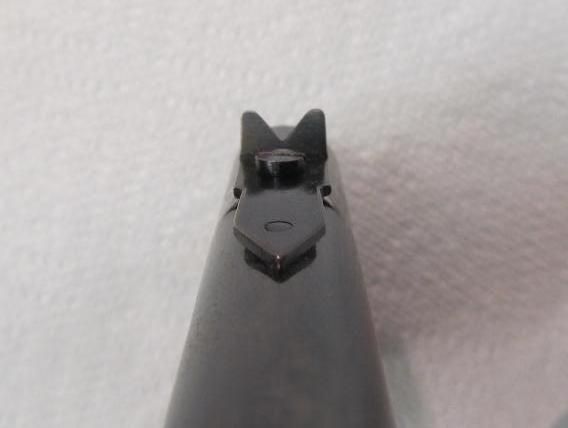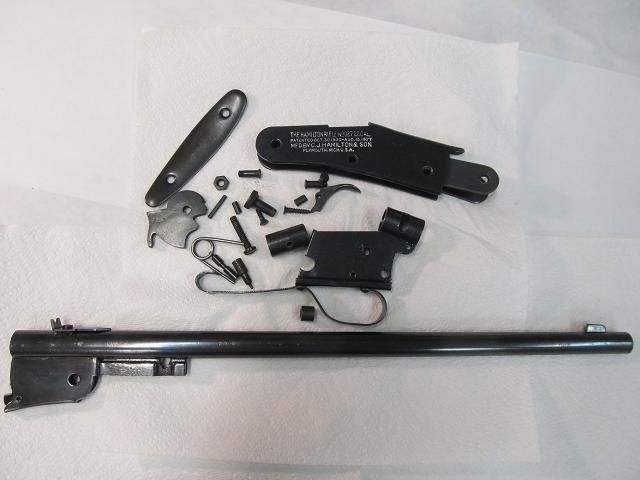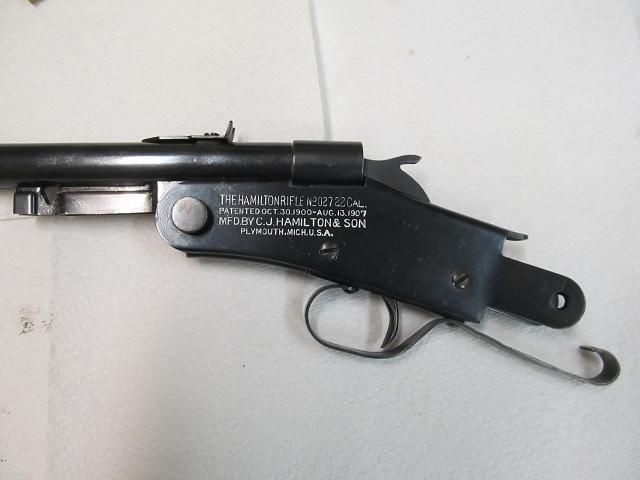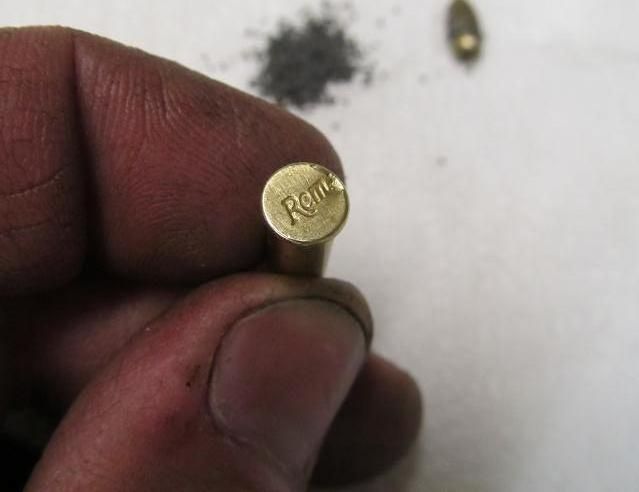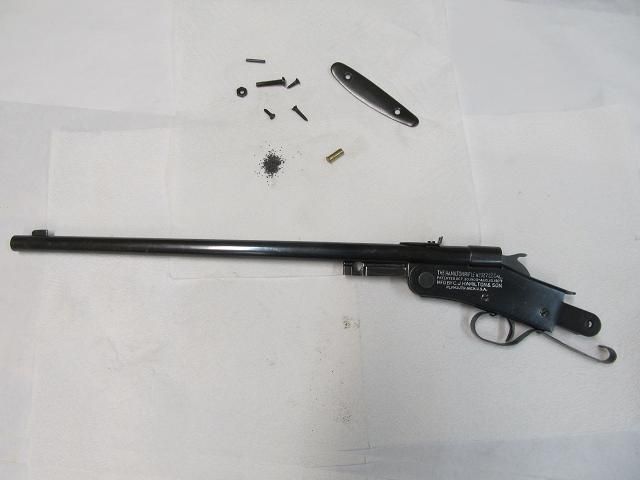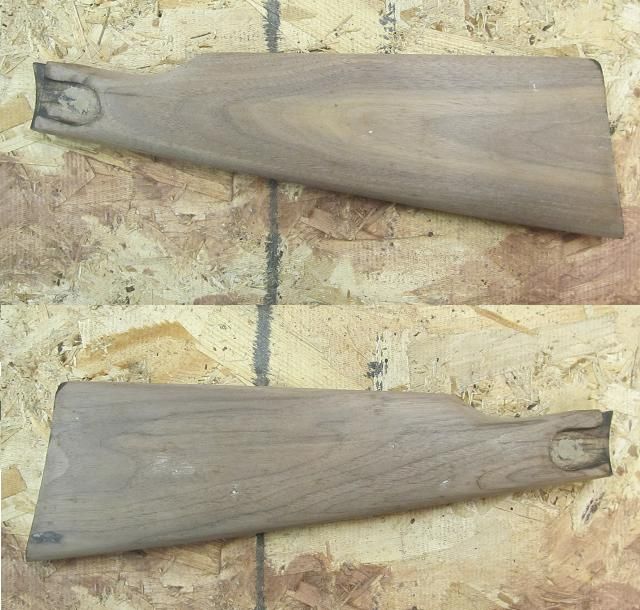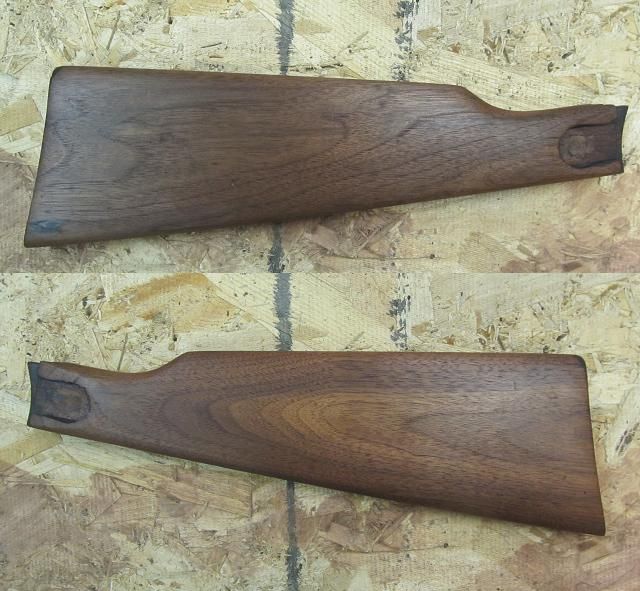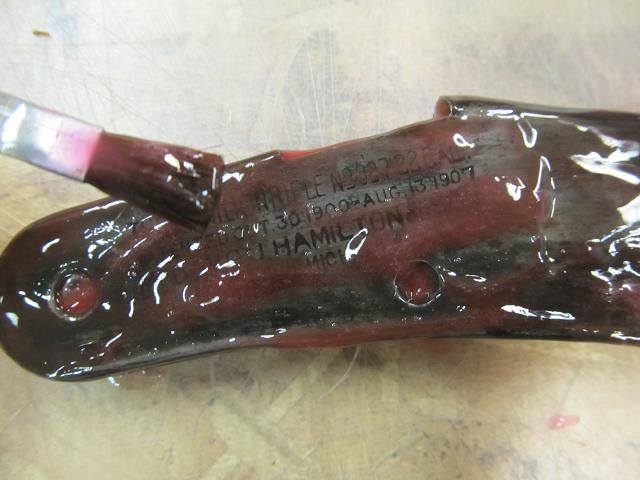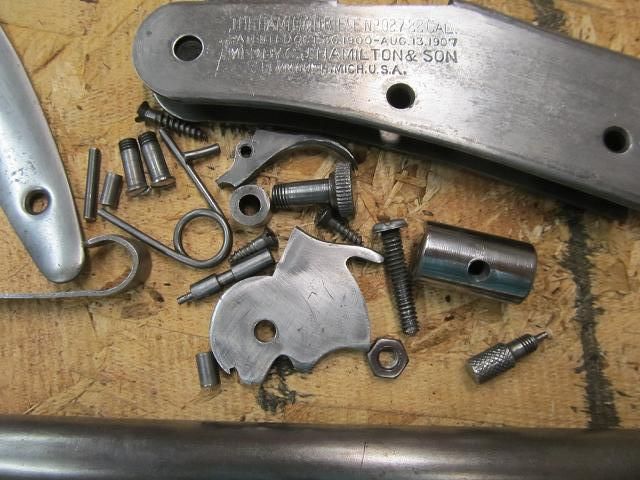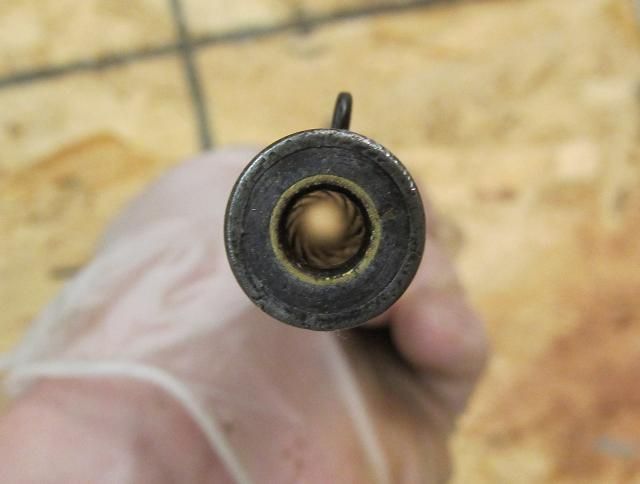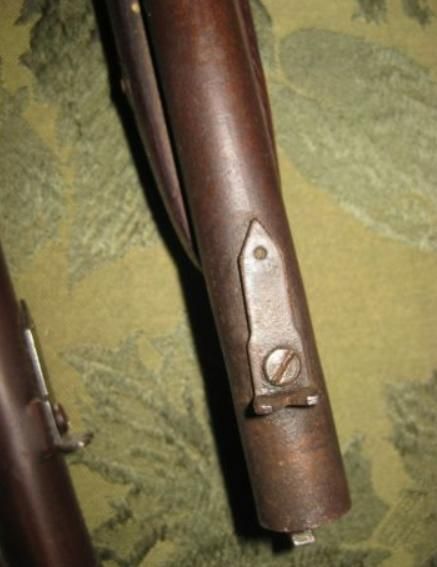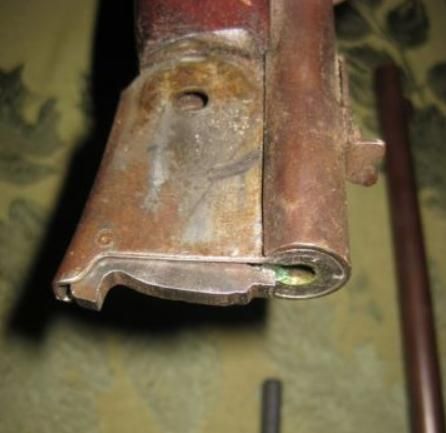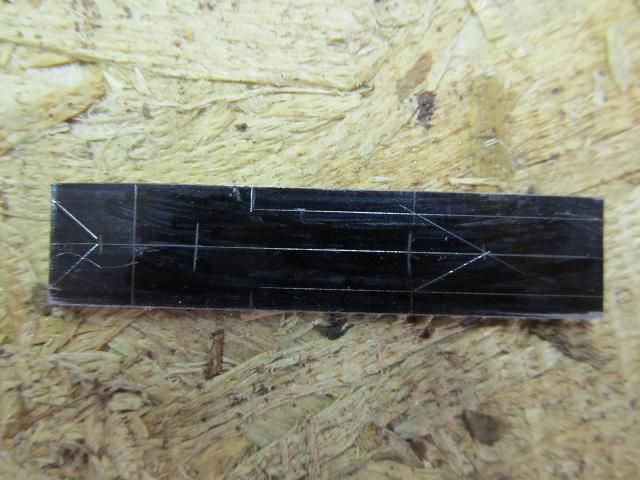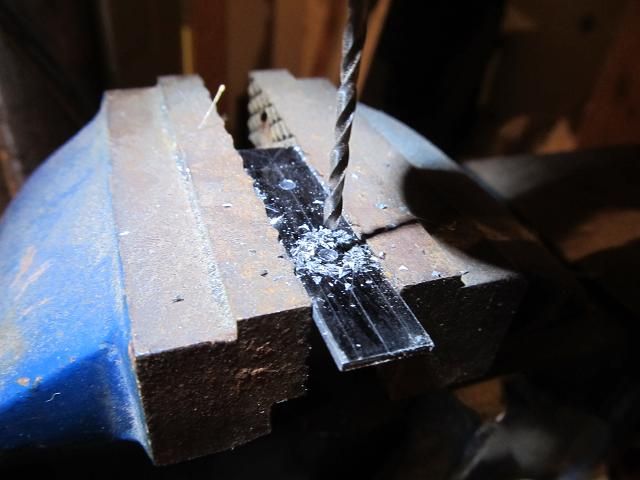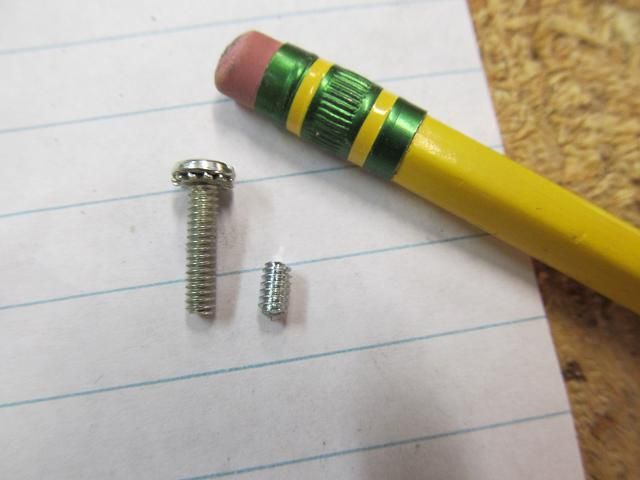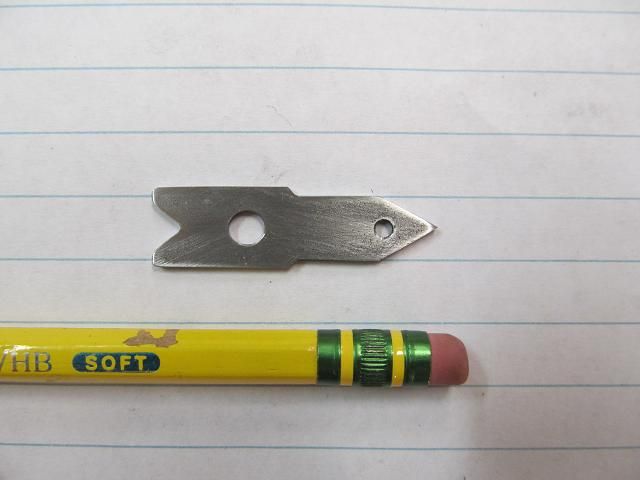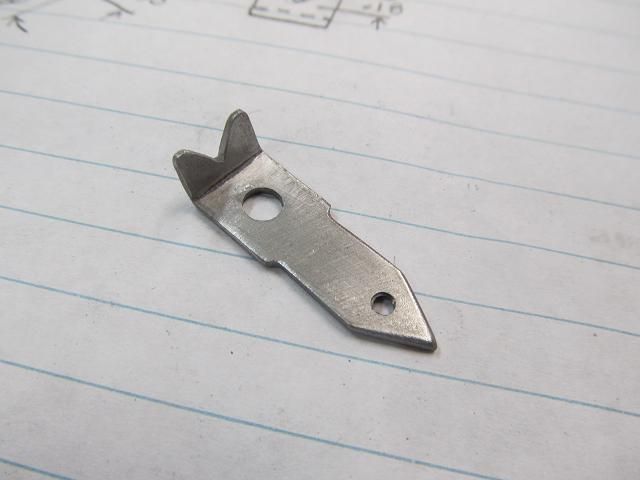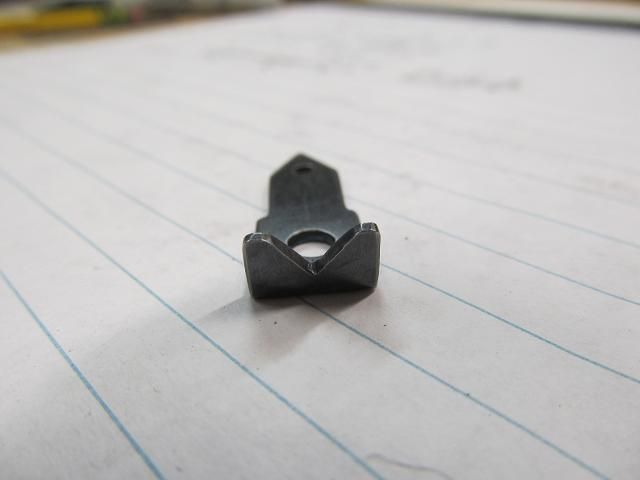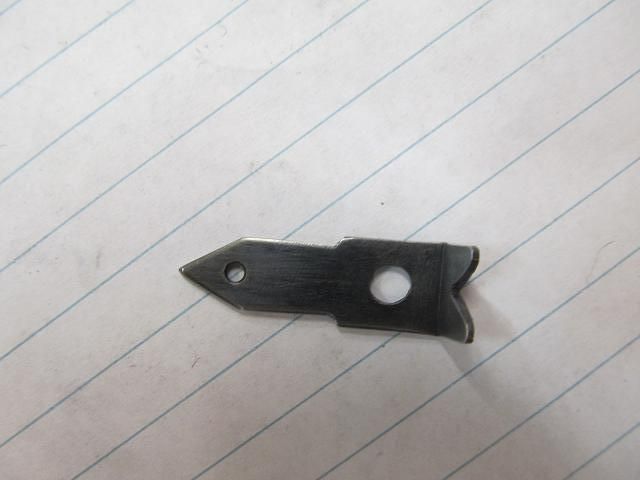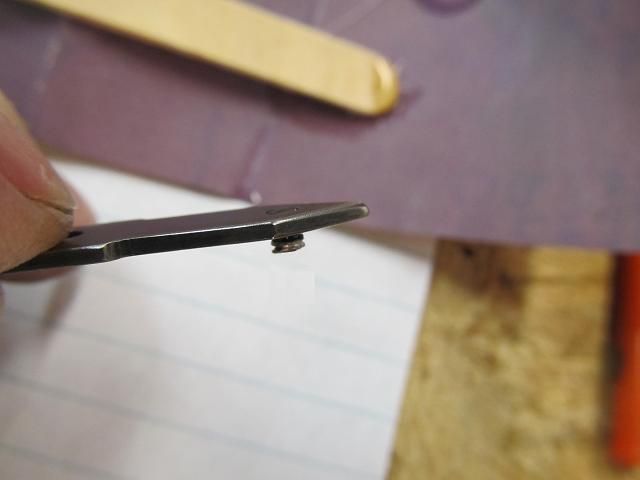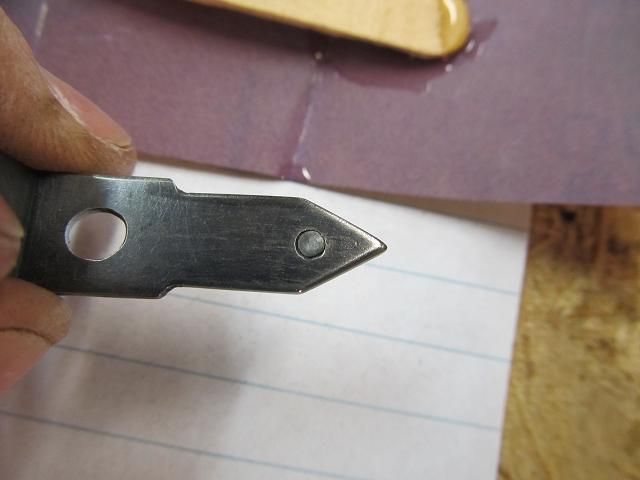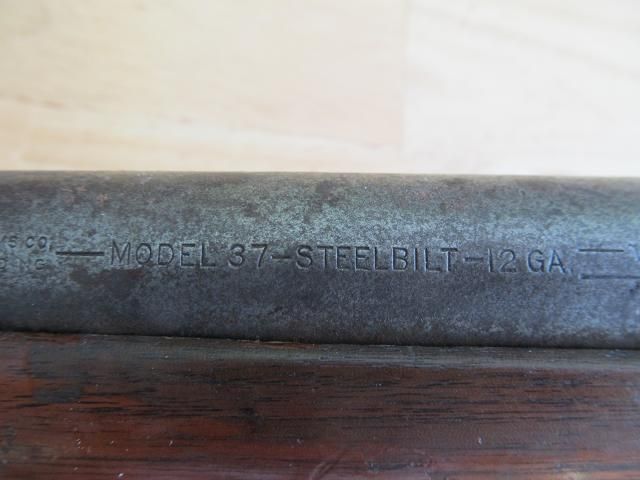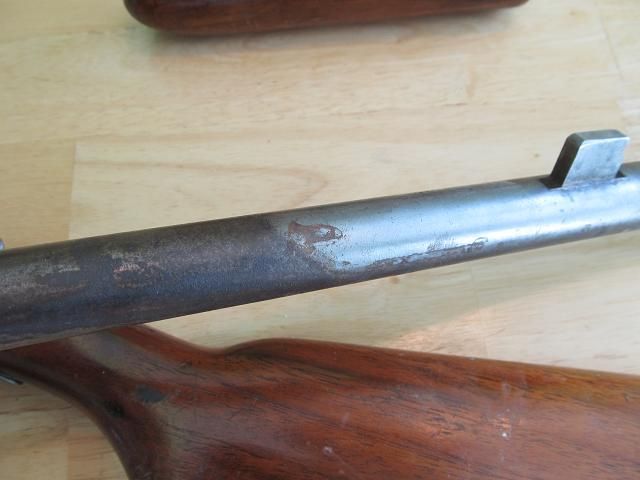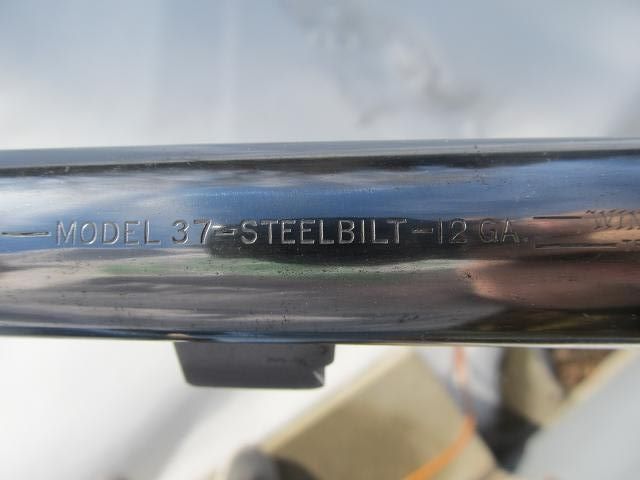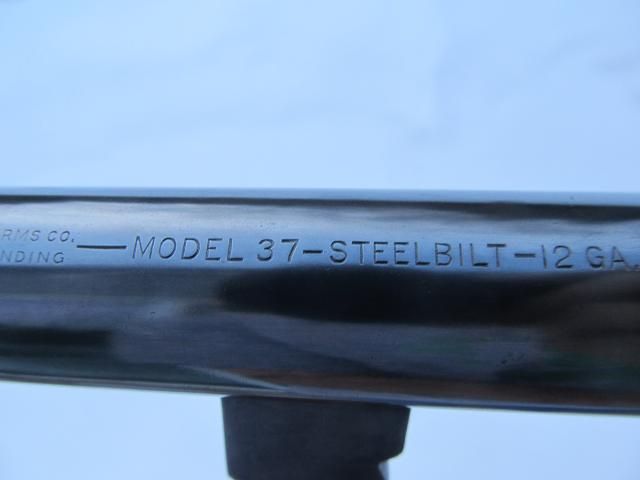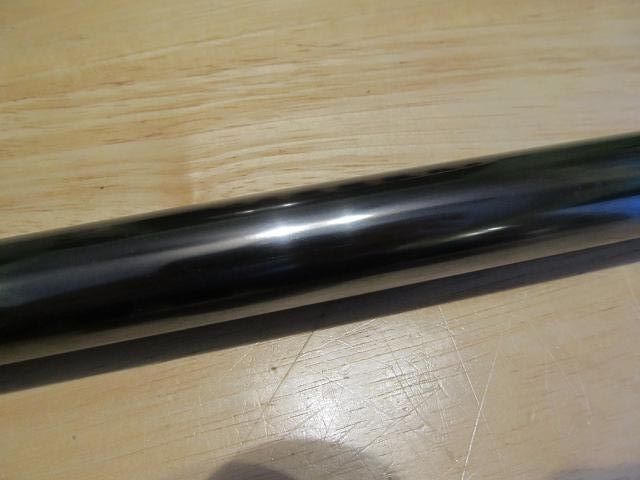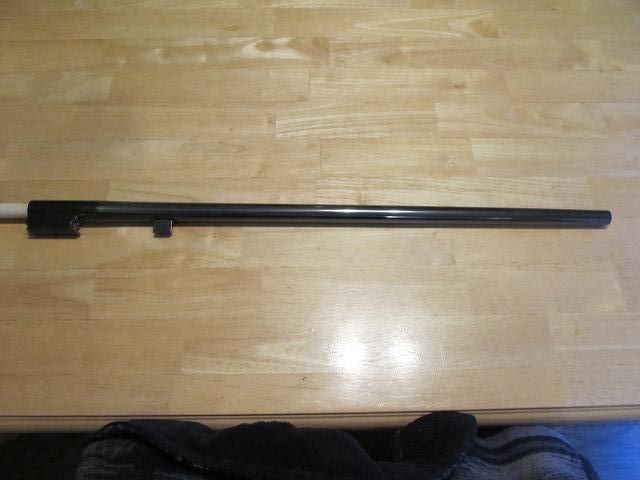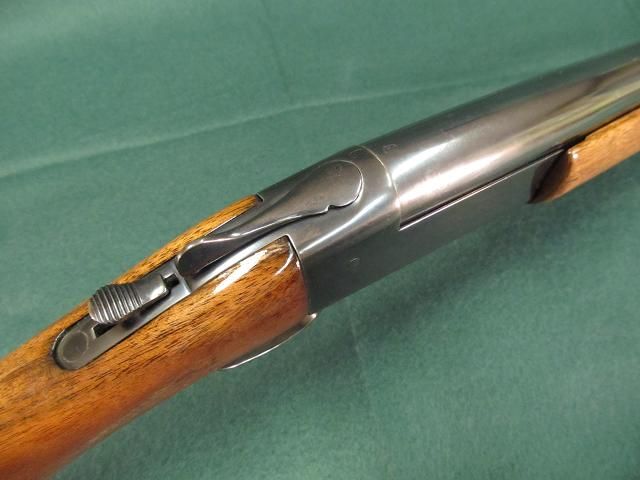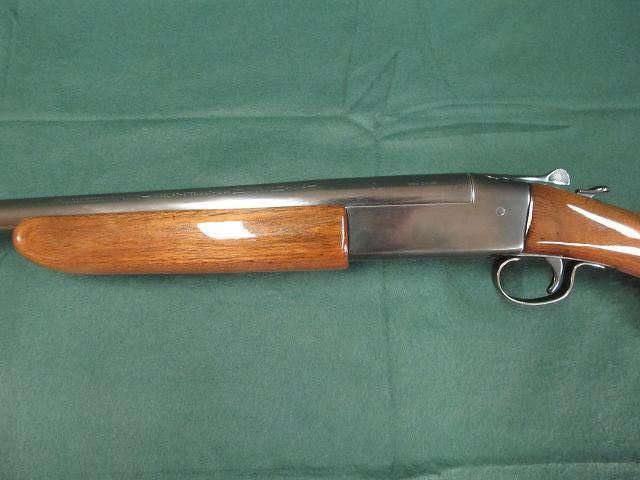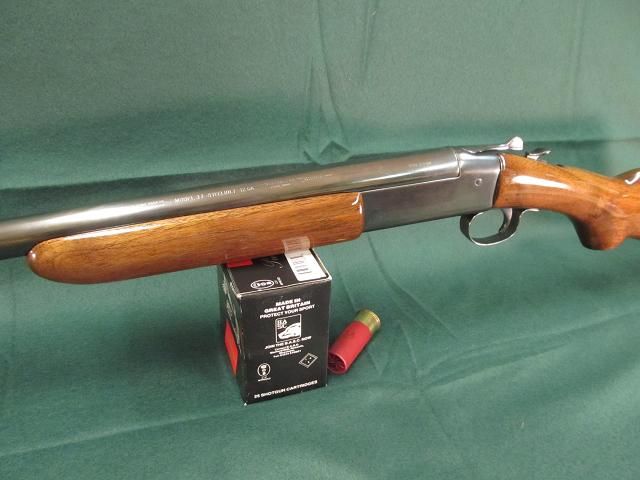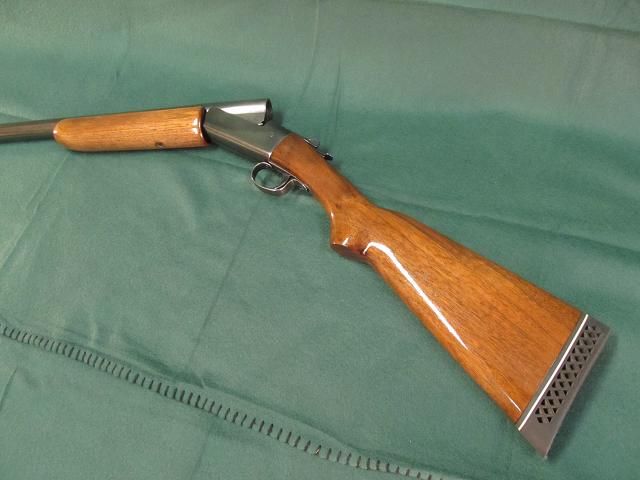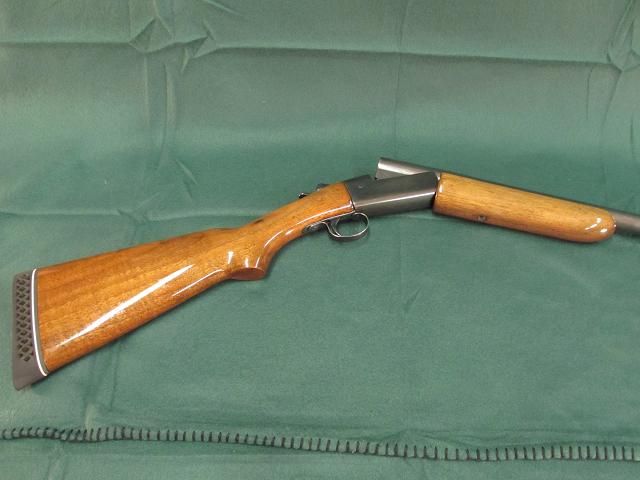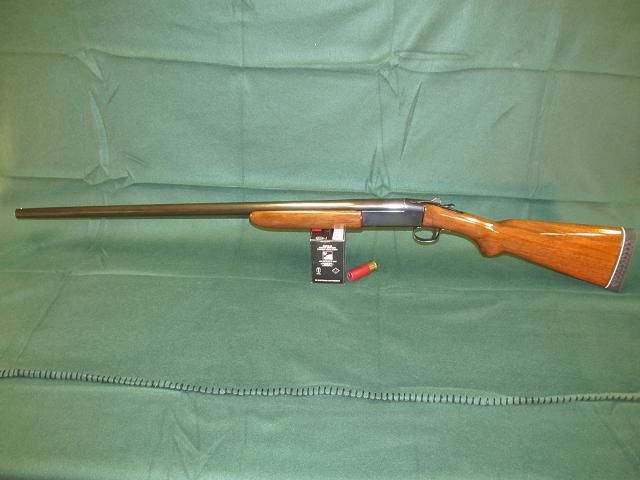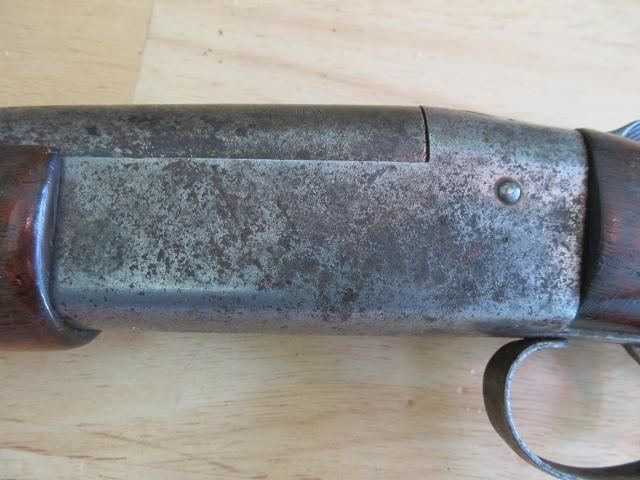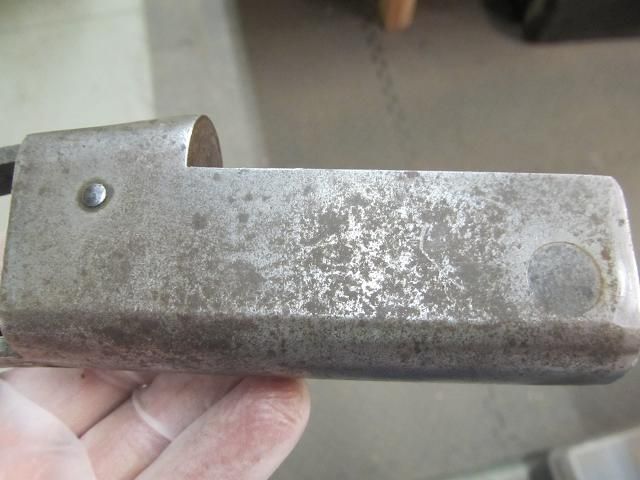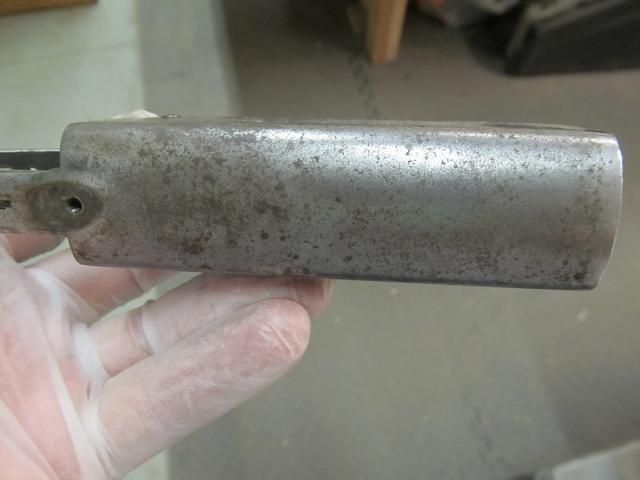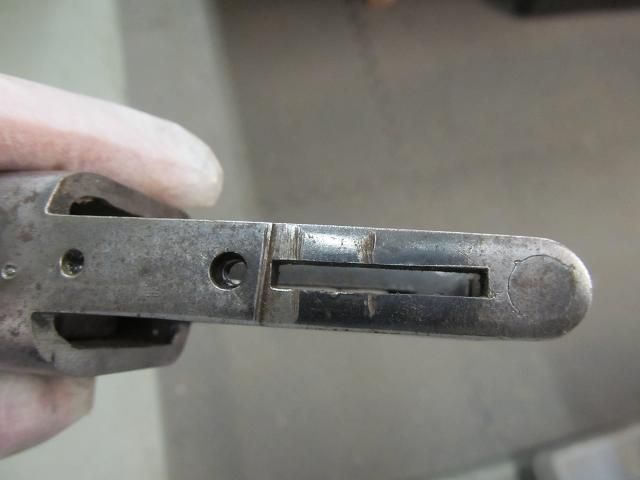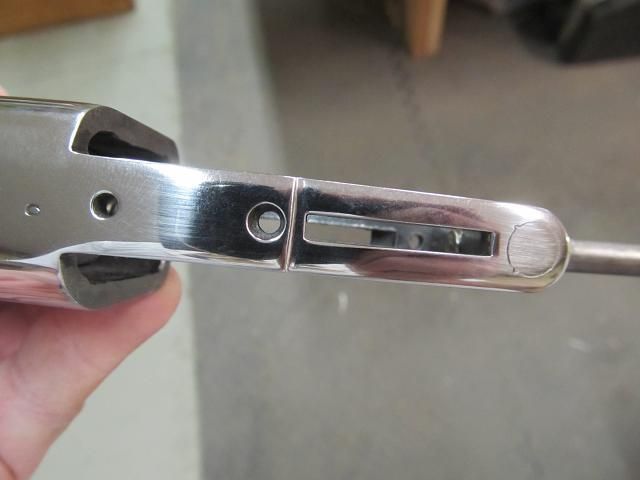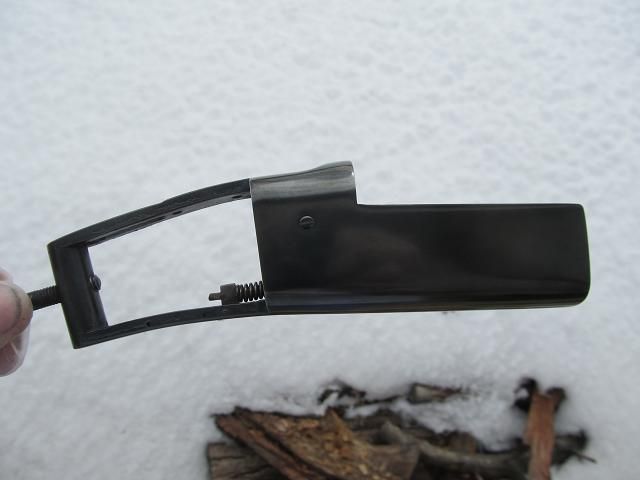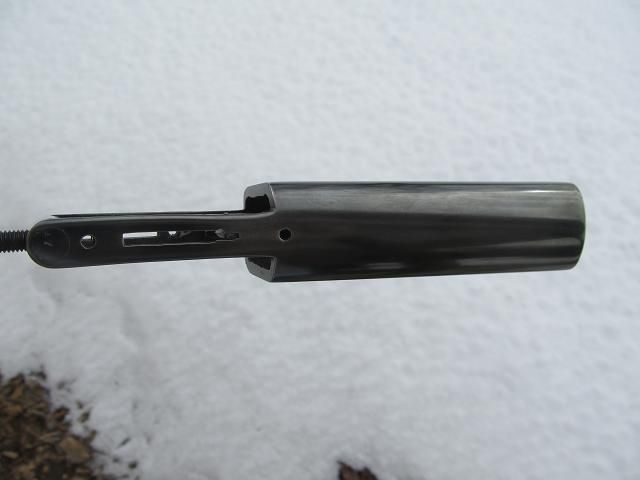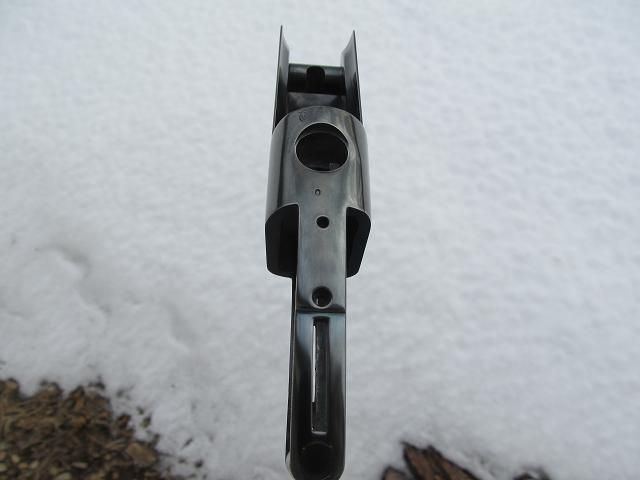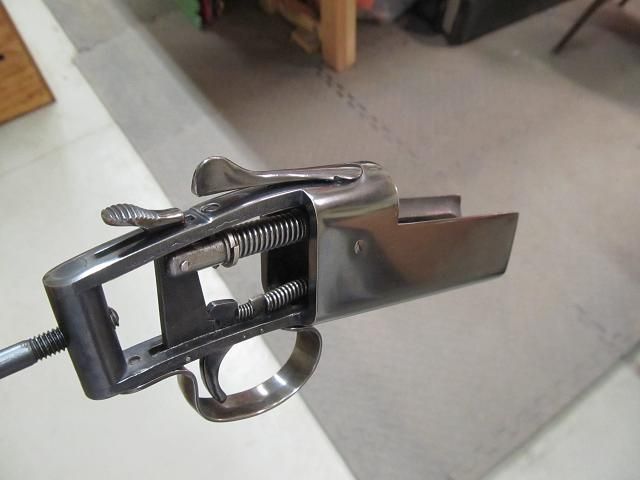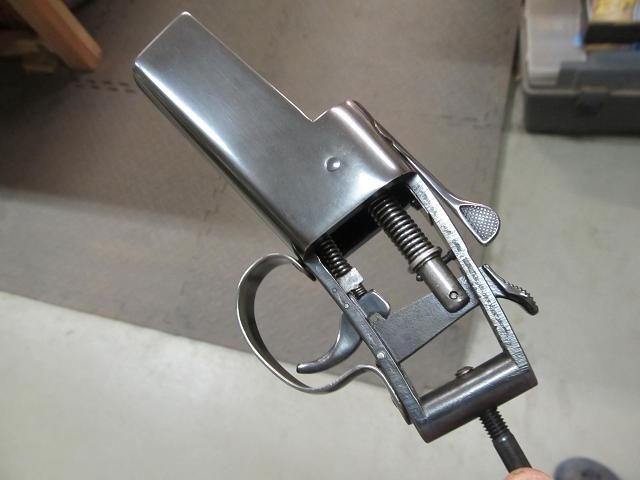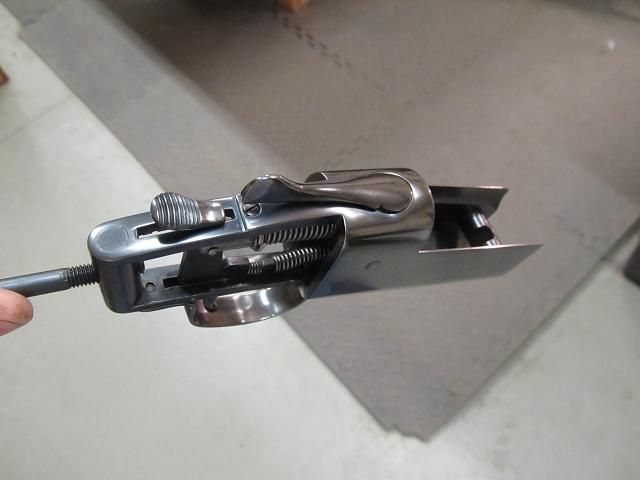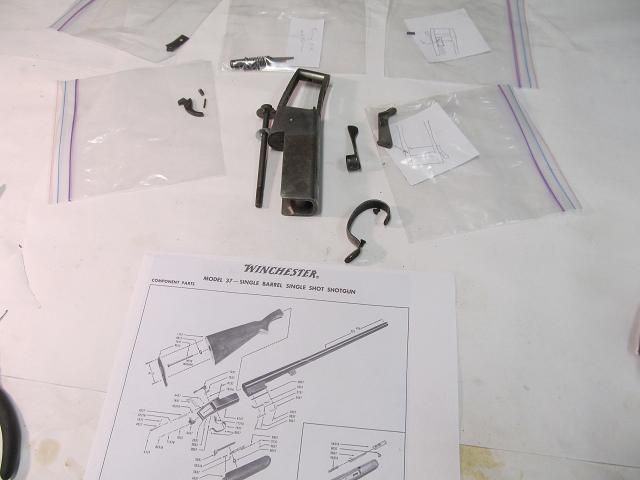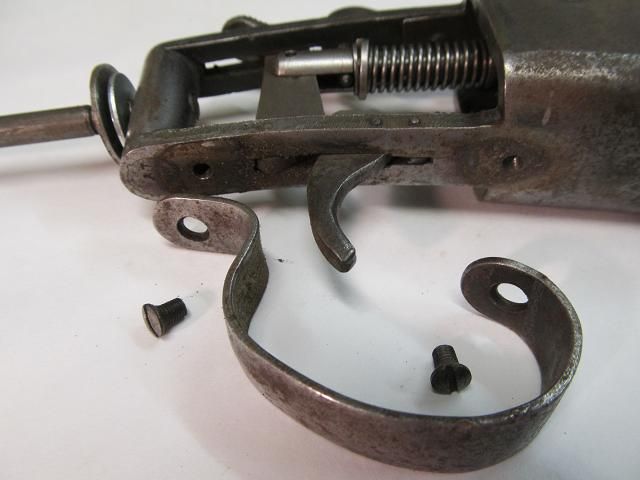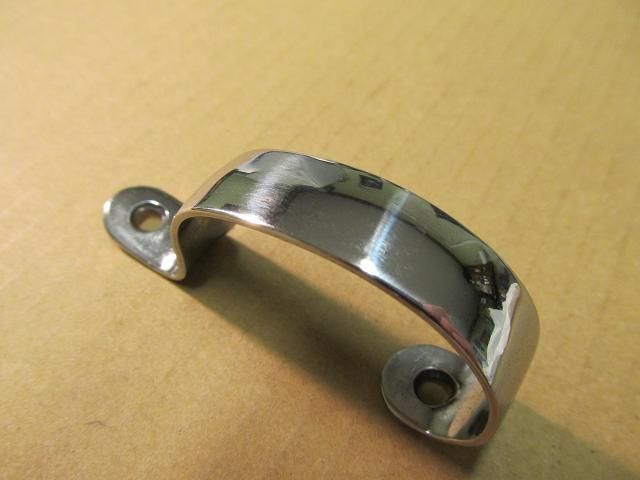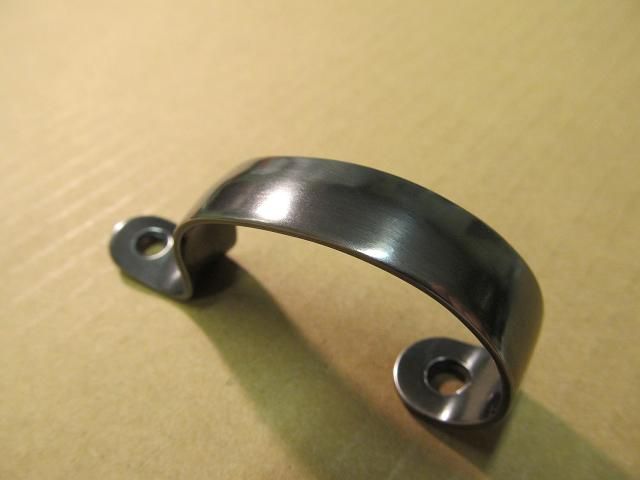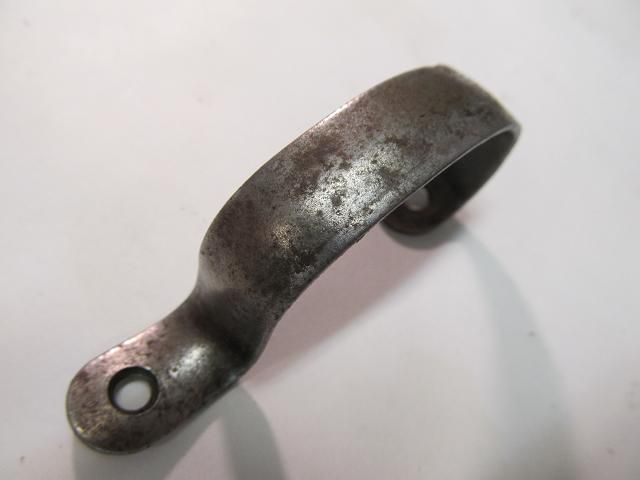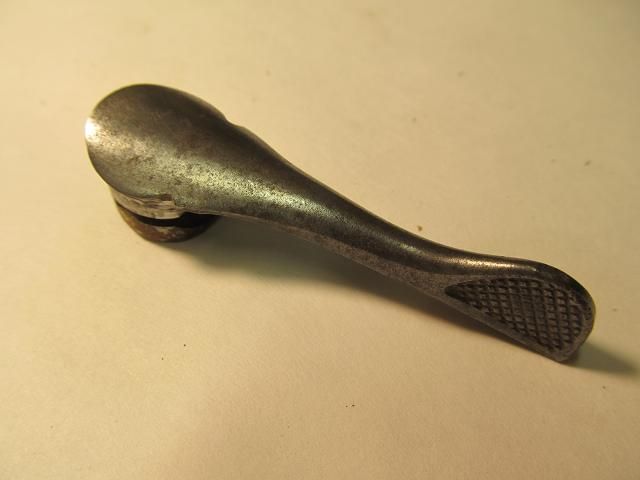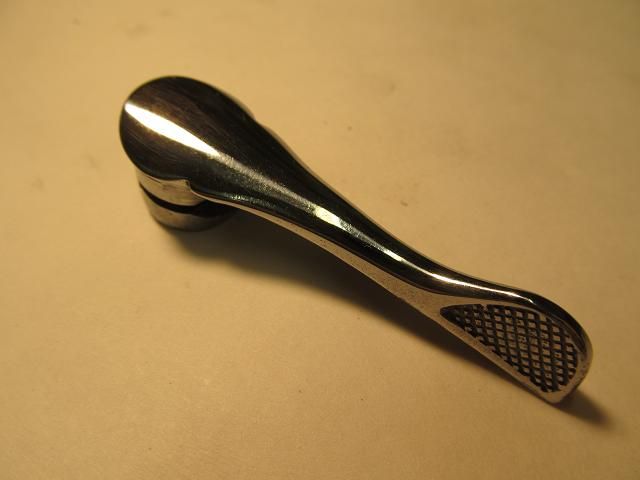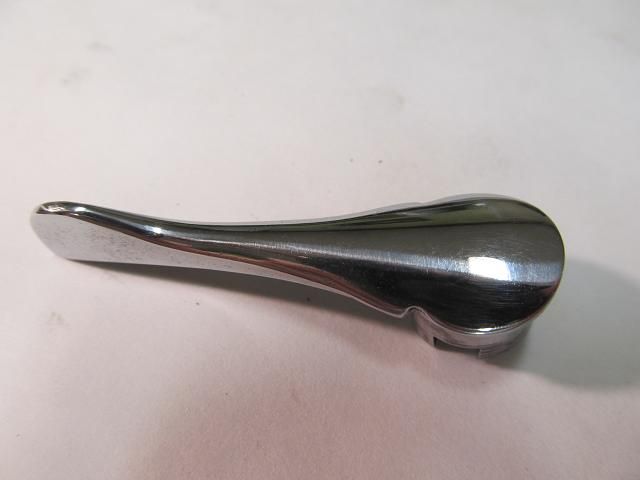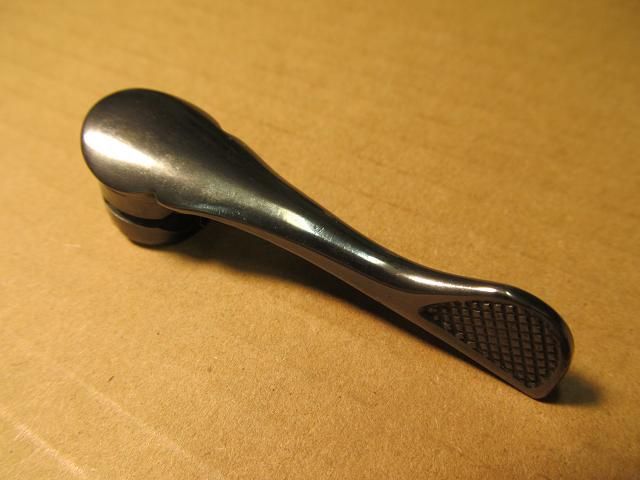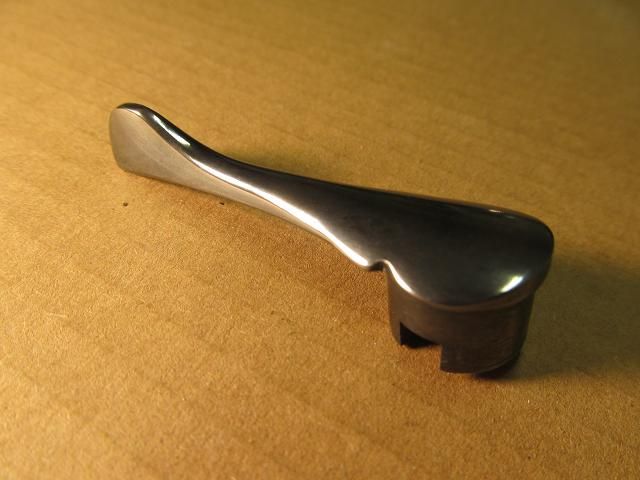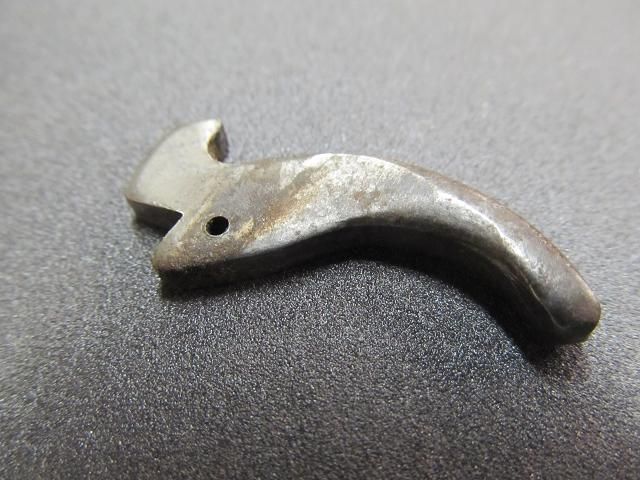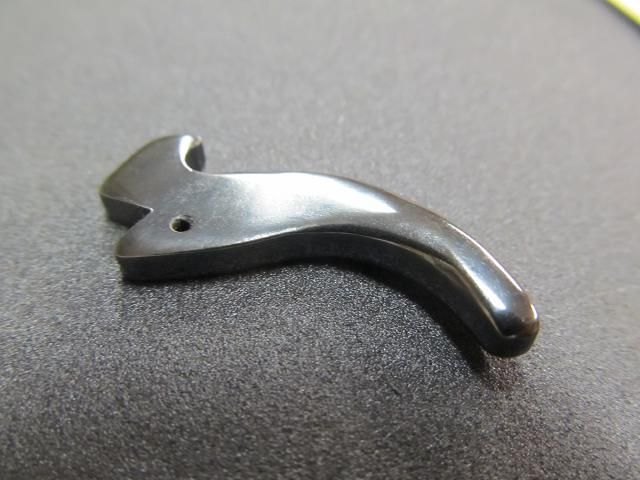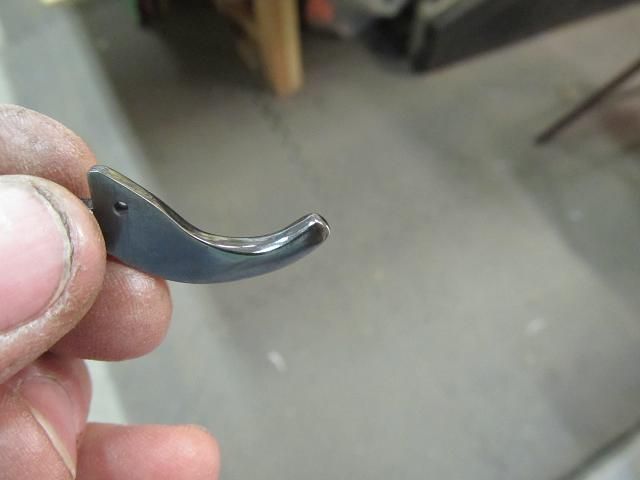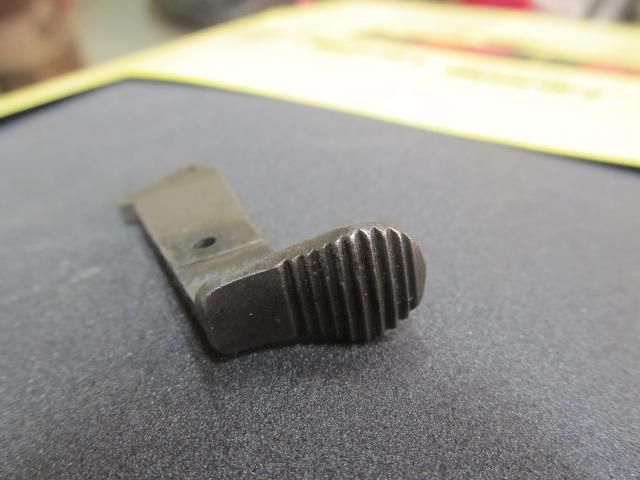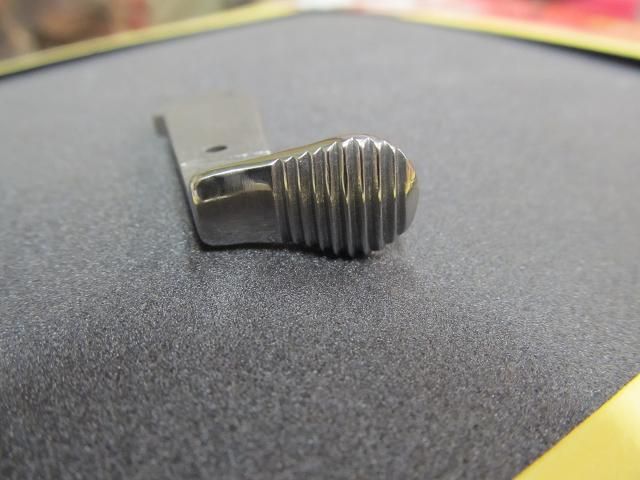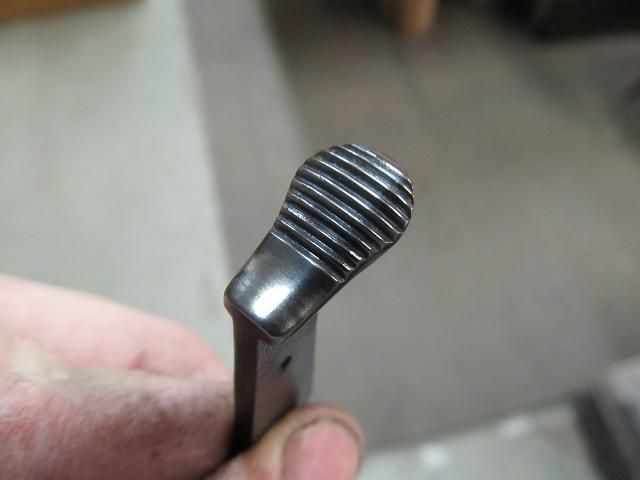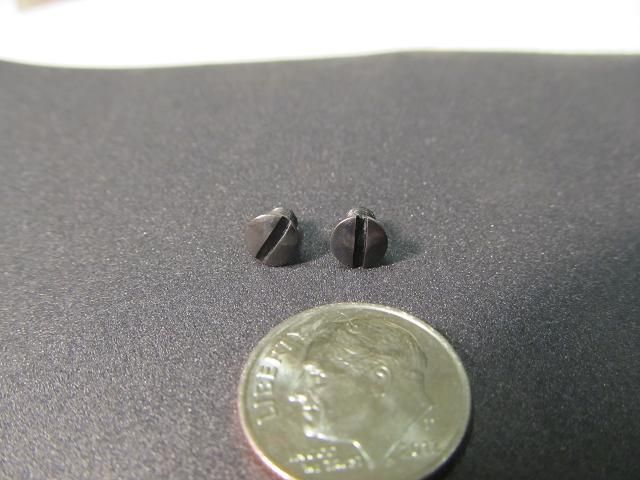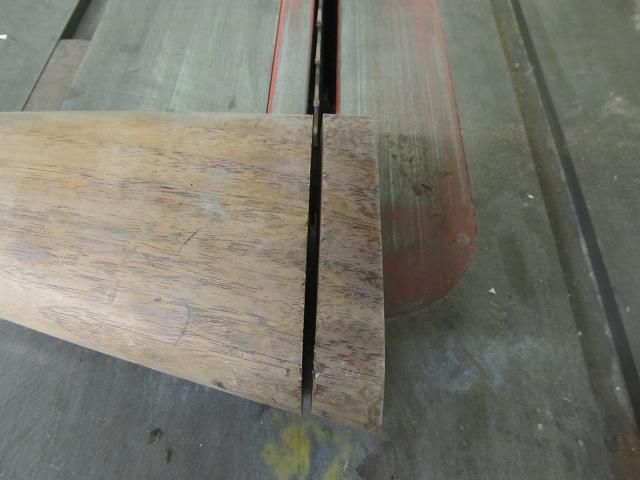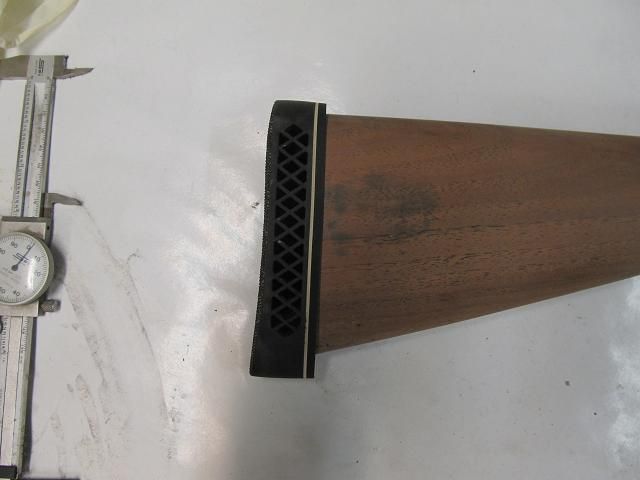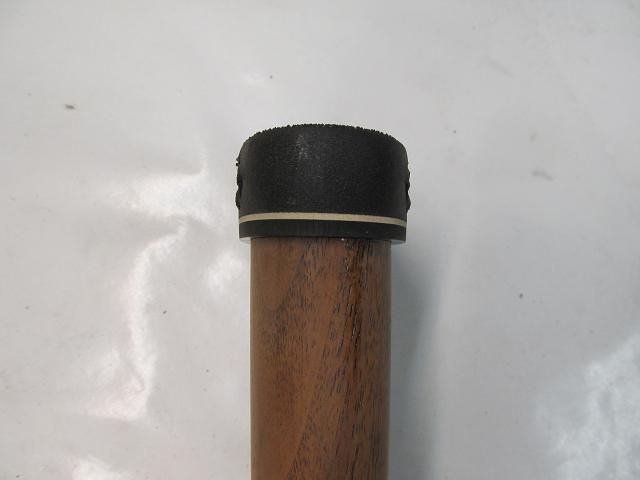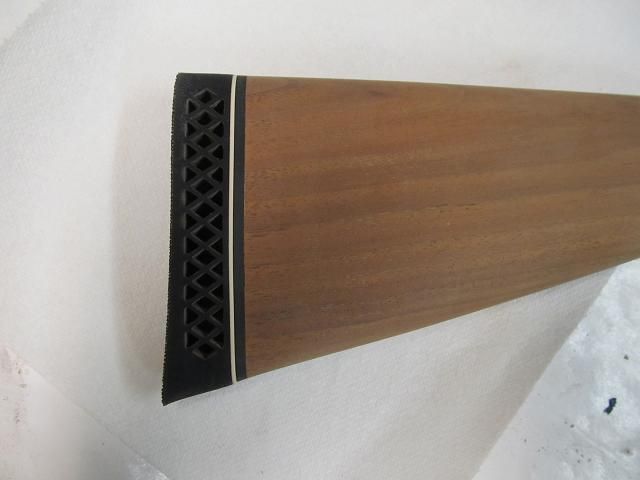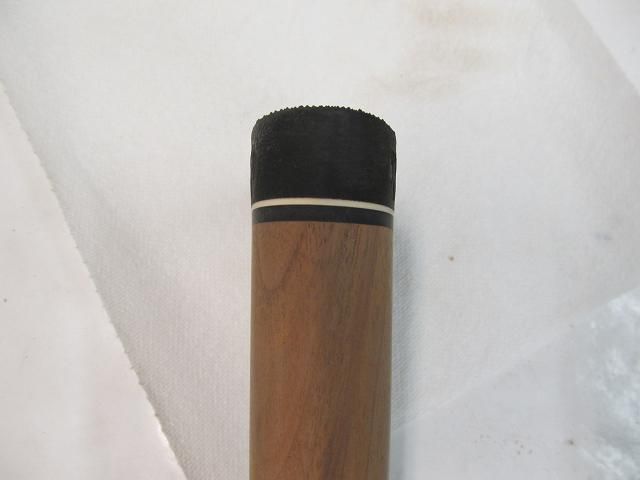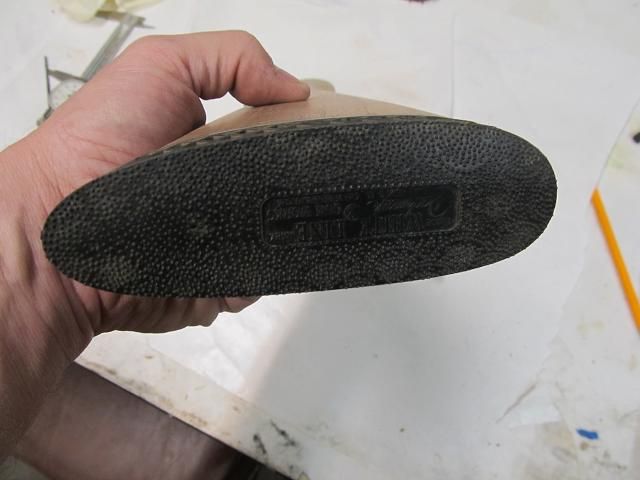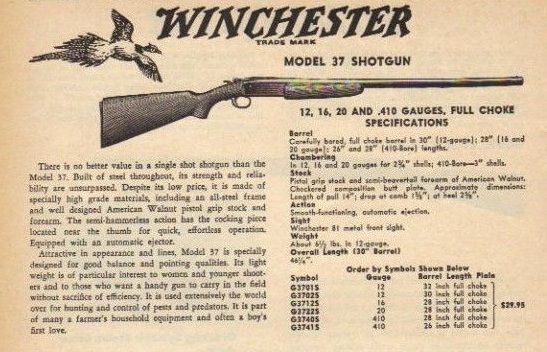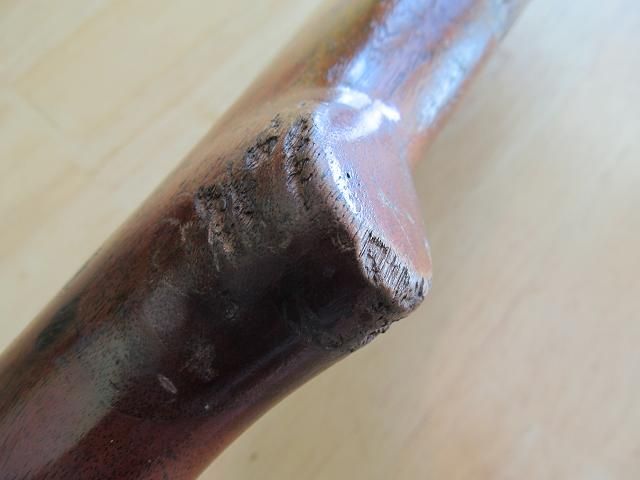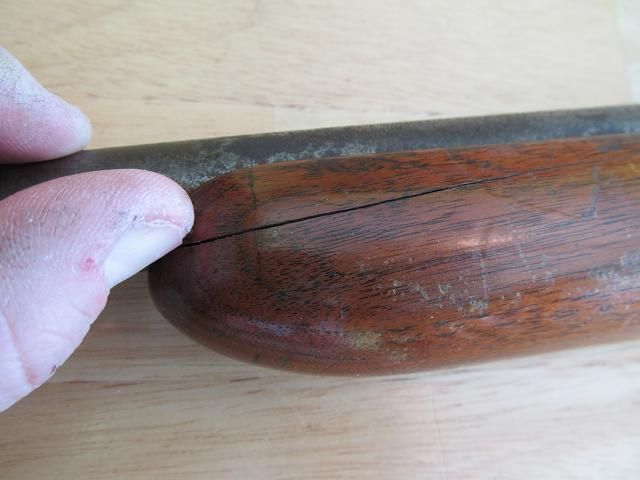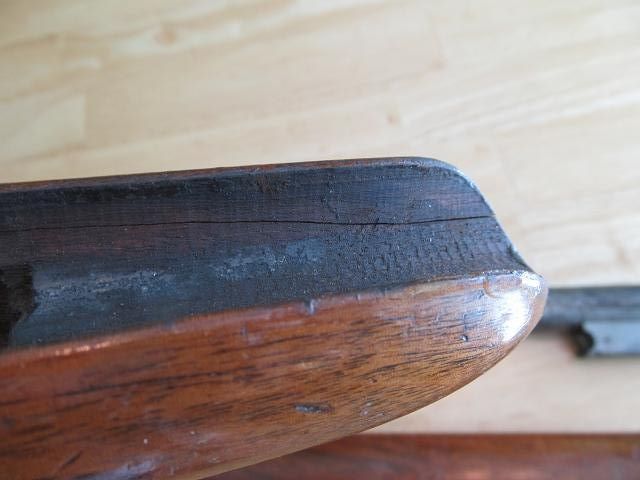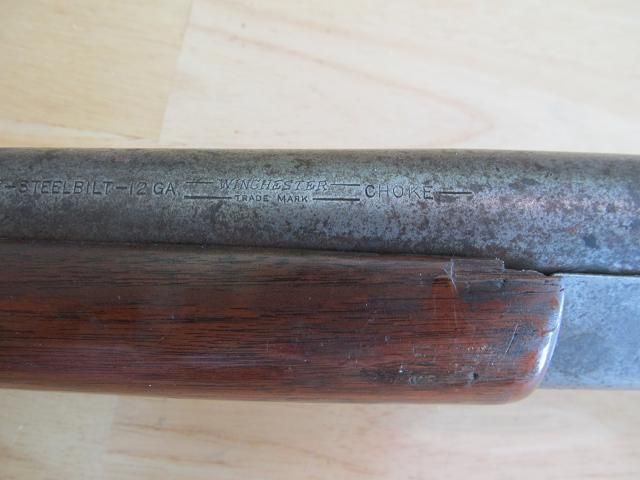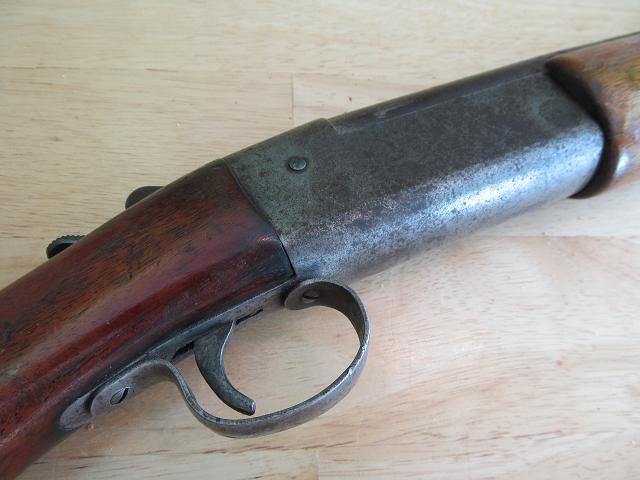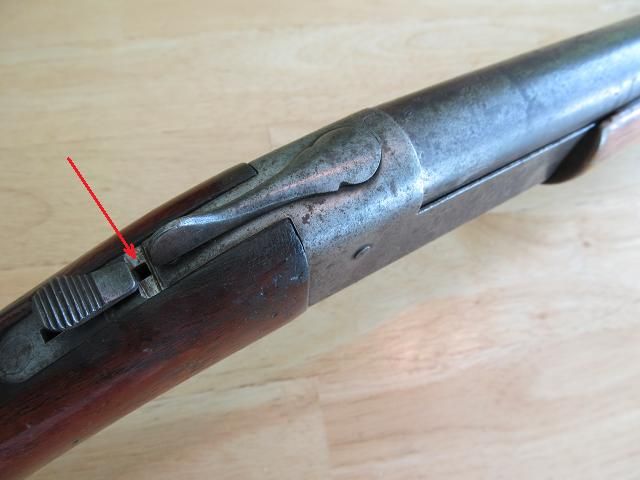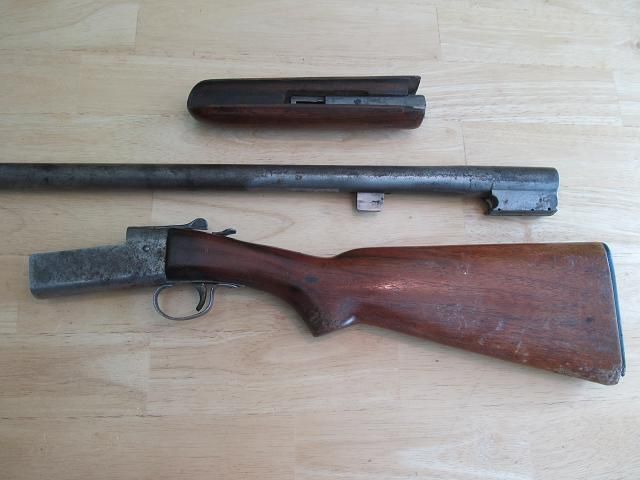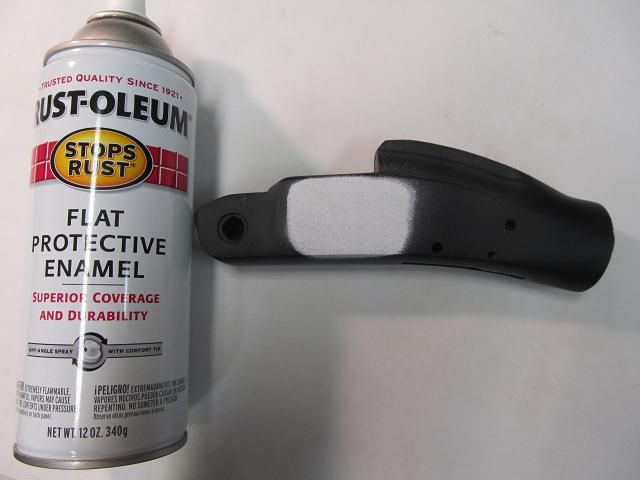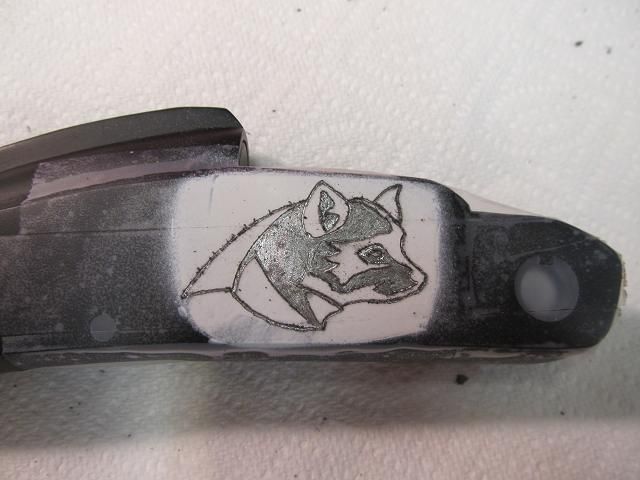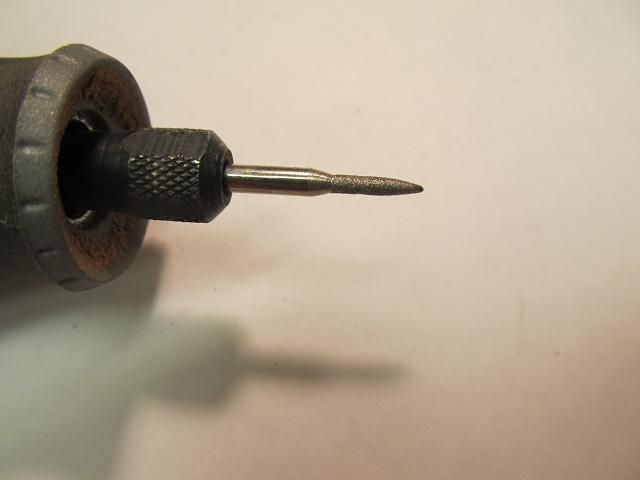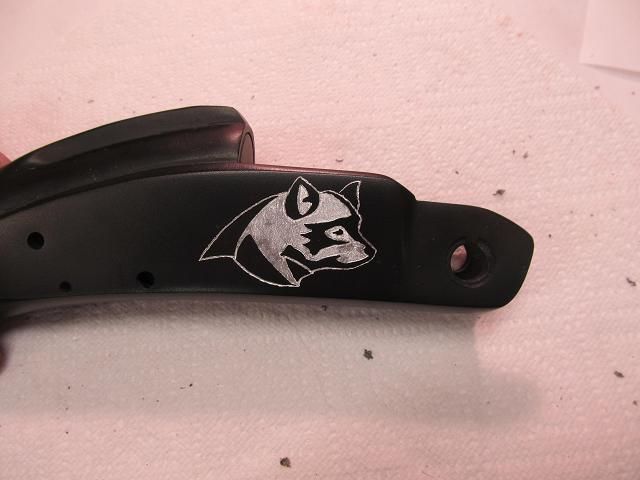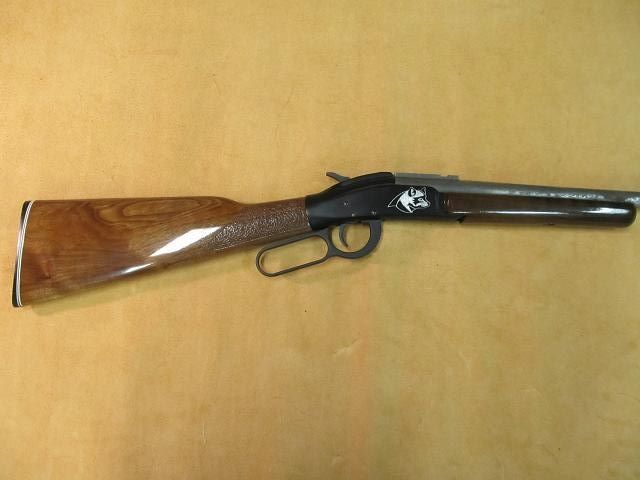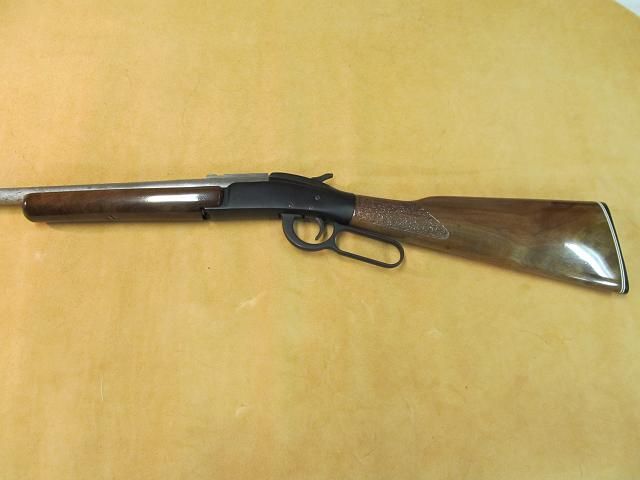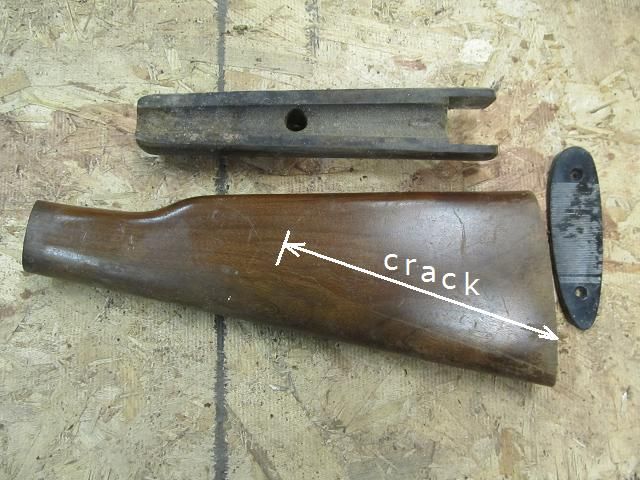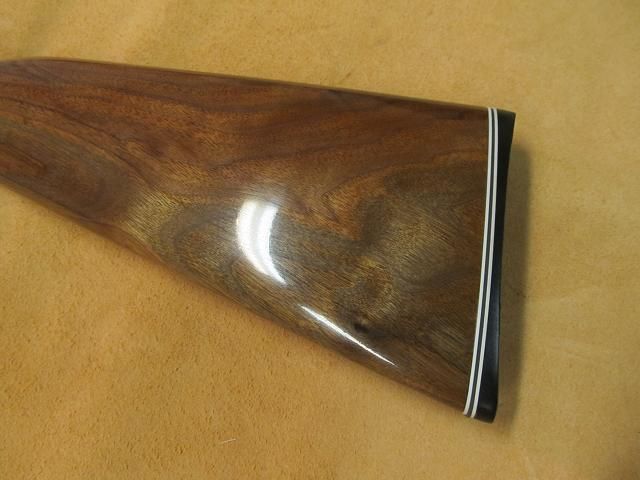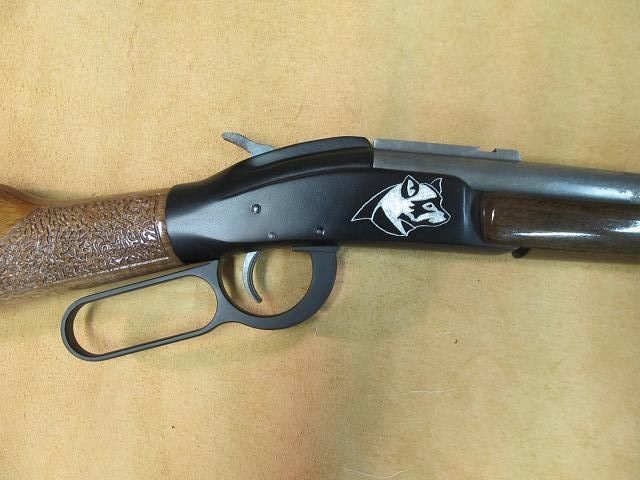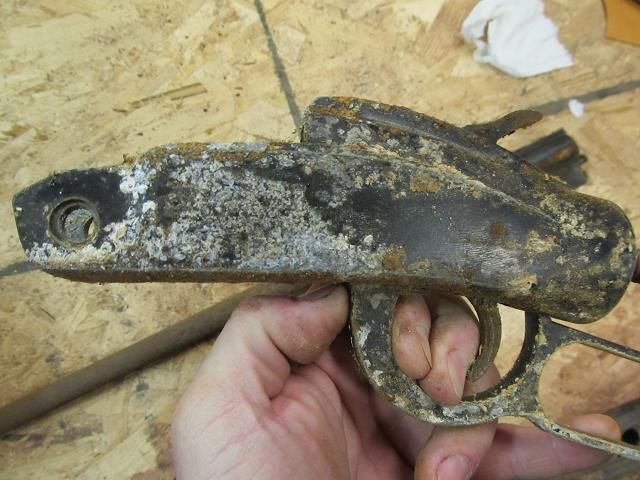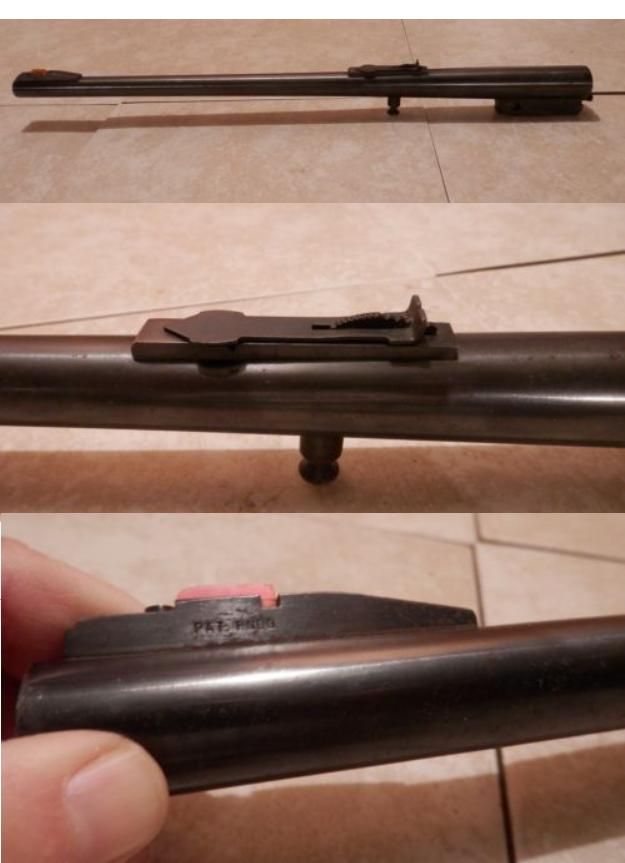So you want to be a ?Real Boy??? That was the ad campaign and selling feature over 100 years ago for this unique firearm.
In 1882 Clarence Hamilton, along with other investors, started the Plymouth Iron Windmill Company. Along with a friend, he started producing an all-metal rifle to be given as a bonus to those purchasing an iron windmill. By 1895, more rifles were being produced than windmills. From 1898 to 1945, the Hamilton Rifle Company of Plymouth MI produced the model 27 and 027 These guns were often given as prizes to young entrepreneurs that sold salve, or seeds and was heavily marketed in the back pages of comic books of the time. This was known as a bicycle gun or boys gun.
Retail Company?s who sold products such as magazines, costume Jewelry, etc. door to door would use the Hamilton rifle as a promotion, offering a free rifle to those who made their quota. Feed Companies promoting their products would randomly place a rifle in feed sacks. If you where lucky enough to buy the right sack of feed, you got a free Hamilton rifle hidden indide (kind of like Crackerjacks with the toy premiun inside). They were the happy meal toy of the time and was a brilliant marketing scheme to get these guns into the hands of as many young boys as possible (My how times have changed. Can you imagine a company offering this premium today??) About a half million of these guns were made.
This Hamilton model was made in 2 versions (model 27 and 027) They were the same except the 027 featured real walnut and a sheetmetal butt plate on the stock The difference in price was .25 cents. Here are some ads from the past.
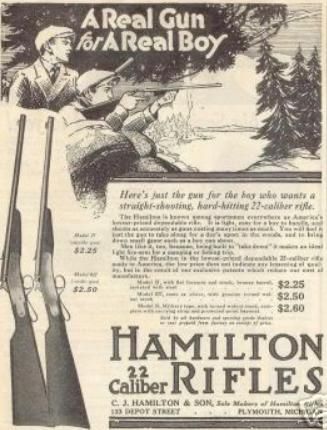
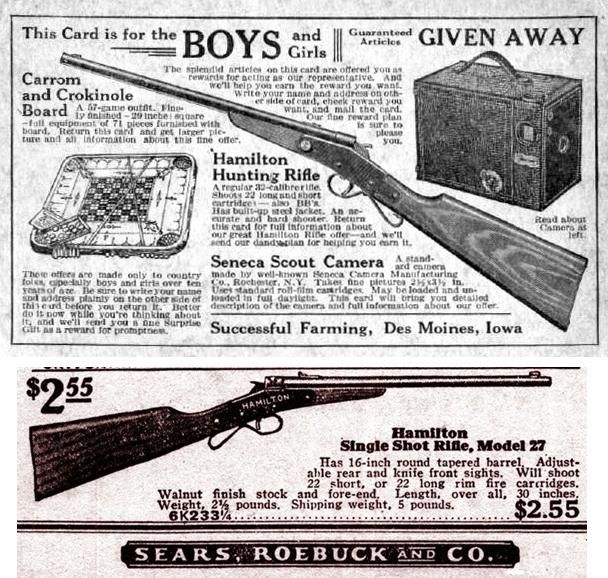
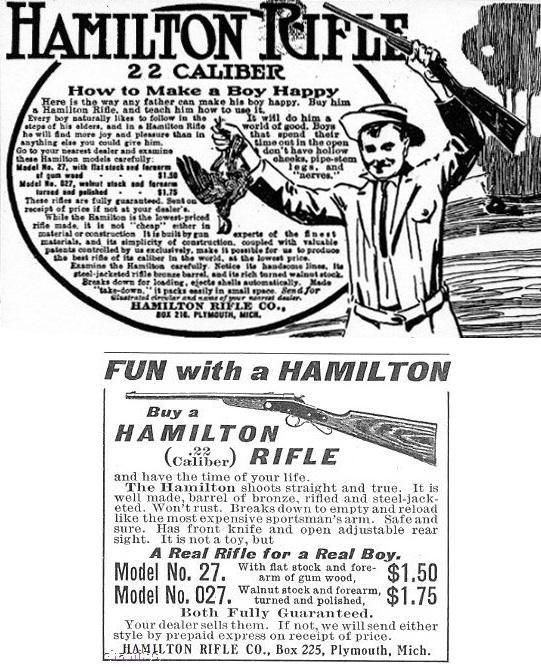
This particular Hamilton model 027 belongs to a co-worker. It was an attic discovery in his Grandfather?s house after the passing of his grandmother. My plan is to fix what needs fixing (and a lot needs fixing), make what is missing and restore the gun for him. There is not a lot of info available on the web in terms of the firearms internals to help me and I cant find a schematic so I will take lots of pics as I disassemble.
s
On thing of note about this gun. It made up almost entirely of sheetmetal and the barrel is brass. Not something you would think of when making a rifle but again this was essentially equivalent to a happy meal prize. If they sold them for a $1.50, you can imagine how much they cost to make (perhaps .20 or .30 cents). The parts were cookie cutter stamped and formed and assembled with pins, screws and rivets (no welding) and there are only a few machined parts.
Clearly they took pride in their name and the guns info. They used up the whole receiver with the stamping.
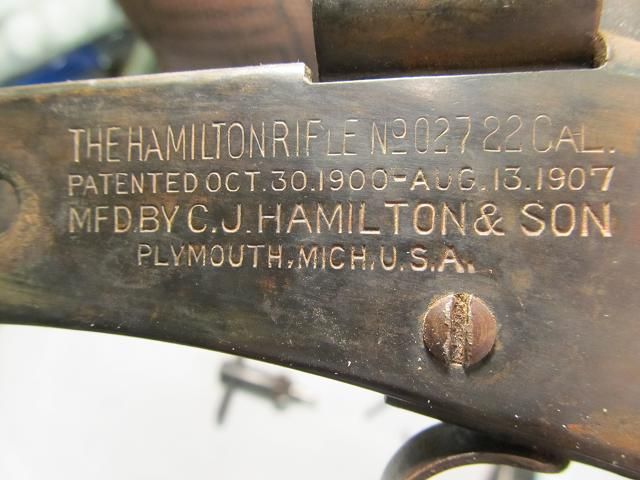
As you can see, this is a tiny little gun when compared to a regular sized shotgun of the same period. The large thumbscrew allowed for fast disassembly down to 2 easy to pack pieces you could carry on your bicycle to plink squirrels.
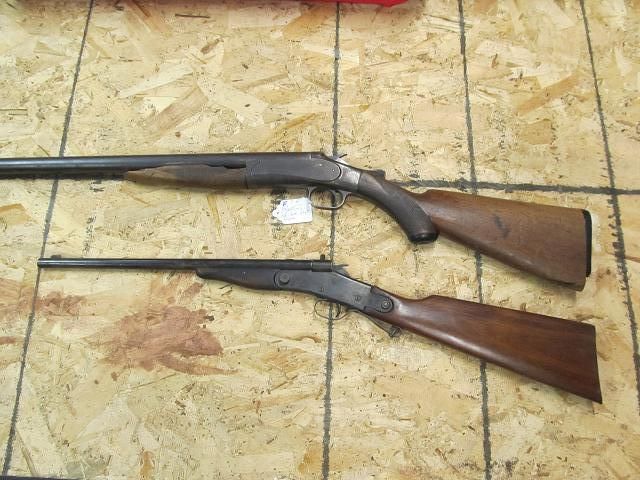
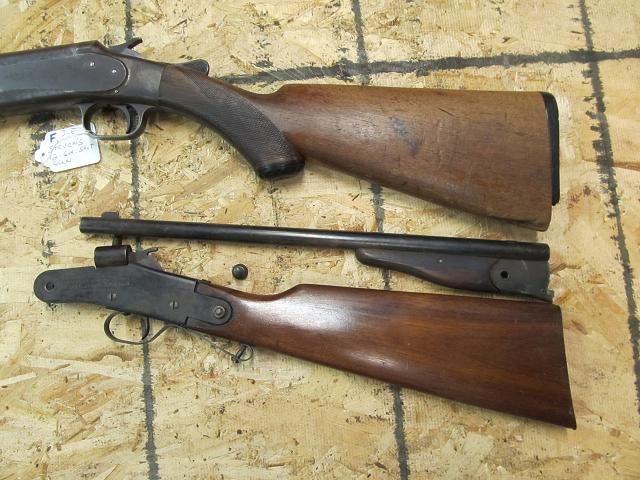
If you know anything about rifles you might think this gun is not legal due to its overall size and barrel length but the BATF has exempted this antique as a curio or relic so its short length does not make it illegal to own or use.
Currently this firearm is not in usable condition. It has several issues that need to be corrected if its ever to be fired and shooting this old 22 with his son is the goal of the owner.
First off I cant fit a 22 caliber bullet in the breech. Something is preventing insertion. Even with the extractor moved out of the way, a shell wont go in. I removed the lead and powder from a round and still could not insert it beyond what you see in the picture.
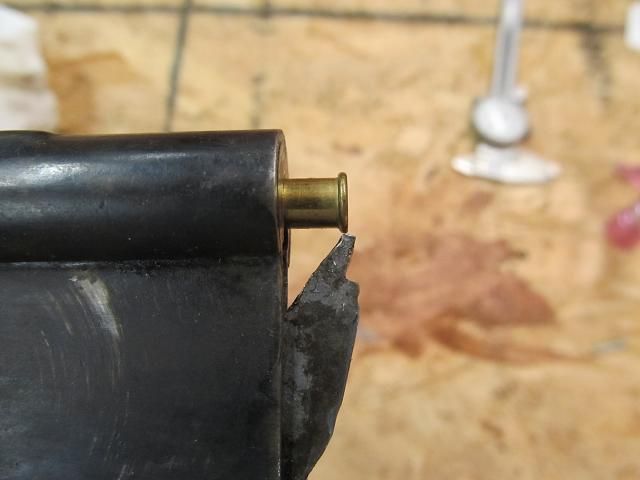
The extractor (when closed) will not allow a shell to be inserted at all. It misformed/bent.
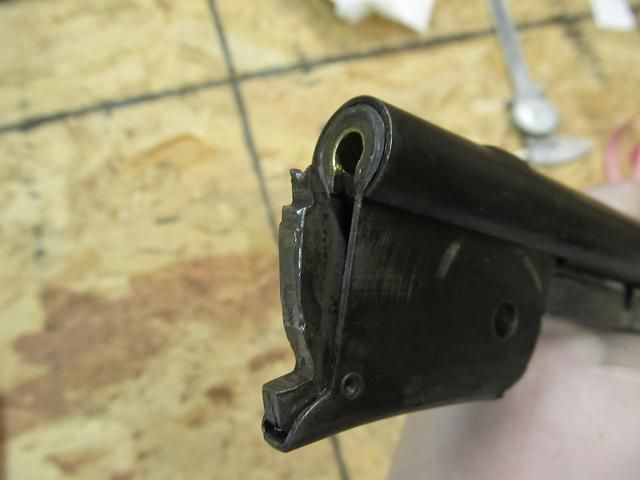
Even if the first two problems are corrected, the firing pin is badly bent and needs attention.
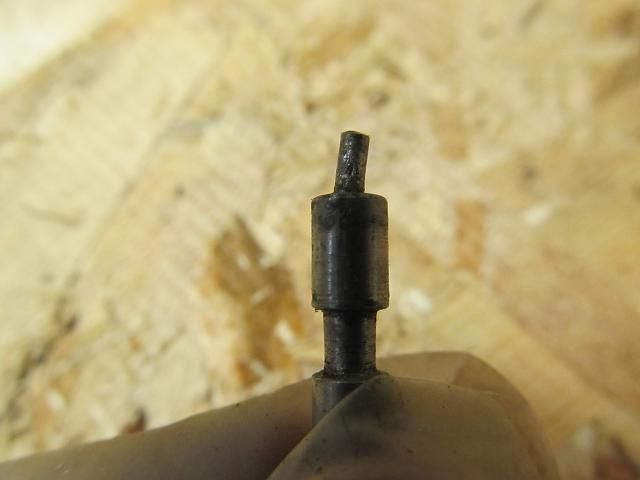
If I correct all the mechanical issues the firearm won?t be able to be accurately fired as its missing the rear sight. I will need to make one since buying one is not an option.
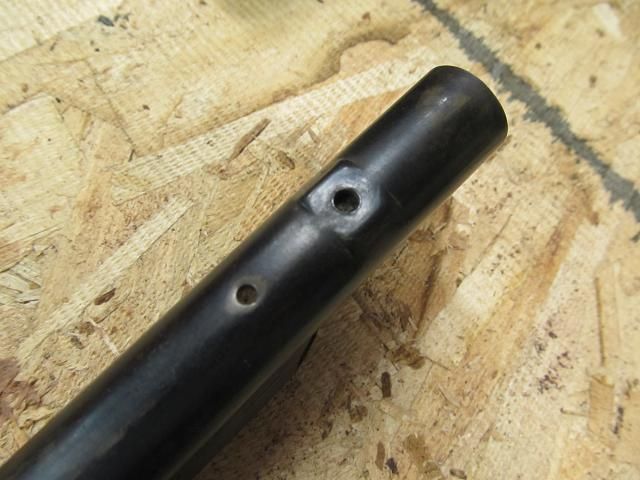
While this is mostly cosmetic, this is the wrong screw. The original had a much shorter screw that did not go through both layers of steel. The hole in the outside was for access for the screwdriver, not the screw. At least this will be an easy fix.
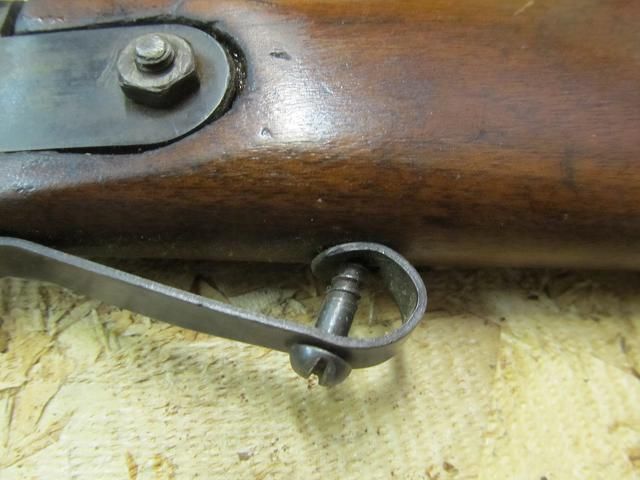
There are several issues related to the wood in terms of cracks, lots of black oil staining, slopped out holes and general ill fitting but again the gun was a very cheaply made product and is over 100 years old.
To top it all off, this guns barrel is lined with a brass tube. I don?t know how many shots these guns could take before the barrel gave out and the rifling disappeared. It was easier (and cheaper) to rifle a brass tube than hard steel so they rifled the brass liner and fit it inside a steel pipe/tube and then wrapped a piece of sheetmetal around it all and blued the sheetmetal.The bore on this gun is very very fouled (which is why I cant load a shell) The old school powder and the brass tube didnt mixt well. It will take a lot of cleaning to see if there is any rifling left in the barrel.
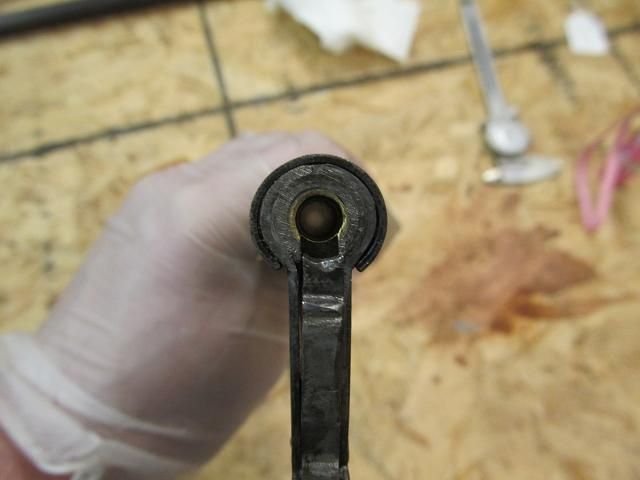
While this is the smallest firearm I have rehabbed (and the fewest parts) its represents some real challenges if its ever going to be fired again and if it is fired again I will strongly suggest that only CB or sub-sonic ammo be the only thing fired and always in conjunction with eye protection.
Like all the firearms I rehab, I start with the wood since there is such a lag time in drying the finish. The only thing holding the foregrip to the firearms is a tiny steel pin. Over time, that hole gets larger and larger until the owner drills it out and runs a bolt and nut through the whole thing. This one was spared that but the hole in the wood is so loose that I could get the pin to fall out by shaking the firearm. How it remained together is a mystery.
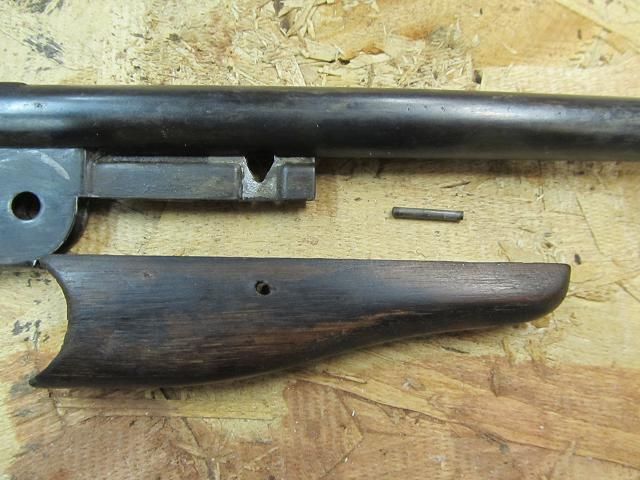
I cant put wood back in the hole so I will go up a size in pin but only just enough to make it tight again. Sadly, I don?t have pin material (music wire) in the needed size but I do have hardened steel in just the right diameter but first I have to use it to drill out the wood. Then I used my Dremmle to cut the back of the drill bit off to convert it into the exact size pin I need.
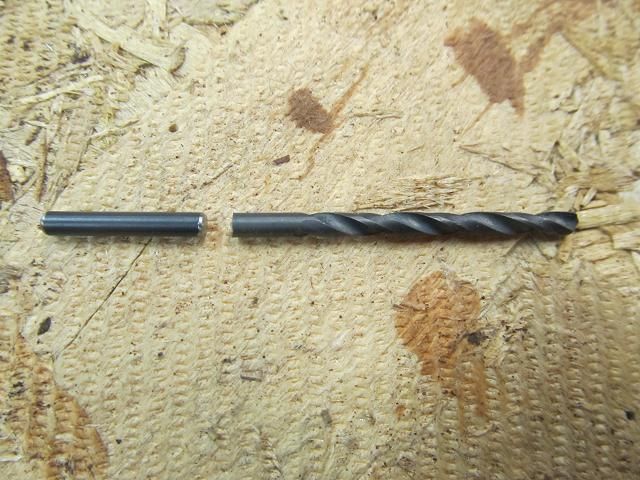

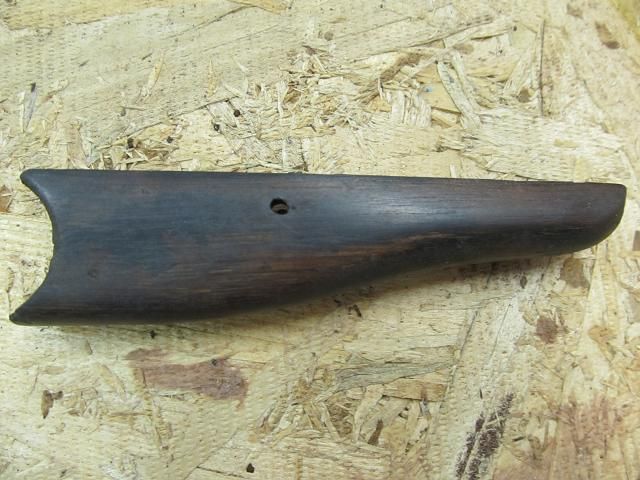
I epoxied the crack running lengthwise from the nose to the middle of the grip and then addressed the oil staining in the wood. Dirty hands and gun oil really darkened this piece of wood. In order to draw out the oil staining and soften that old school shellac I soaked the wood in acetone. As soon as it hit the acetone it started leeching out and turning the clear liquid dark. Sadly some of the stains followed the grain so deep there is no way to get all of the stains out and the piece is so small there is no margin for sanding. There is also a chip/nick in the wood that cant be sanded away
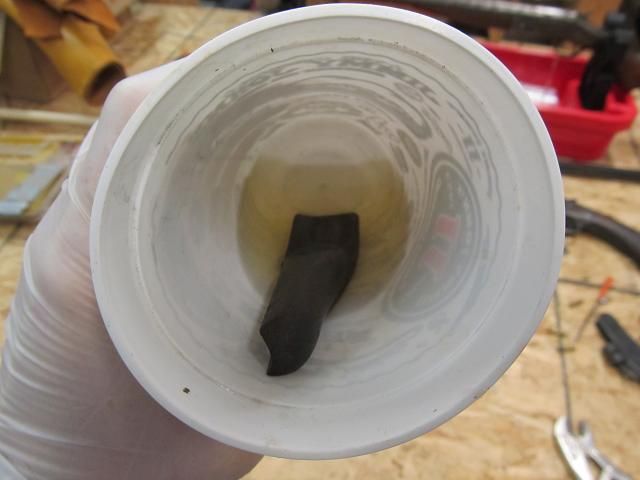
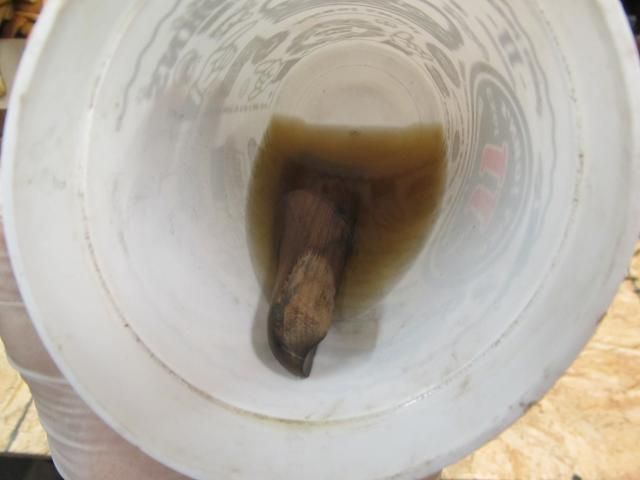
I was able to get rid of nearly all the stains but some remain that run all the way through the small piece of wood.
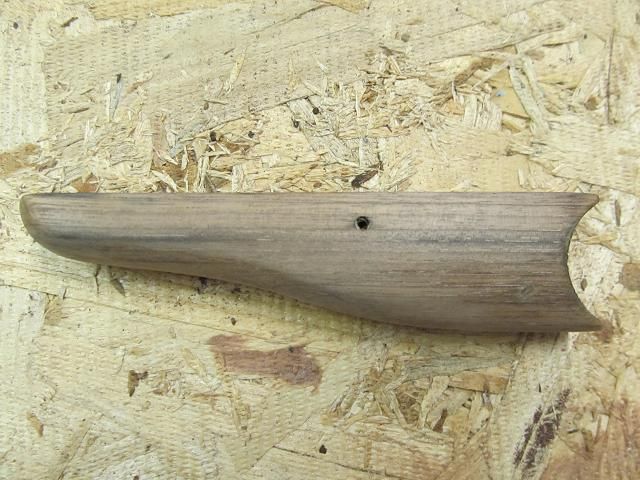
After viewing a lot of 100 year old guns it appears that most have wood that even though is walnut has a reddish hue to it. I don?t know if that was how it looked over 100 years ago or if that is how the shellac aged but I want to restore that reddish color so Im mixing red and brown stain together as the acetone bleached out some of the color in the wood while removing the stains.

The end result is a real improvement. Once the stain has a day to dry I can apply the spar urethane.
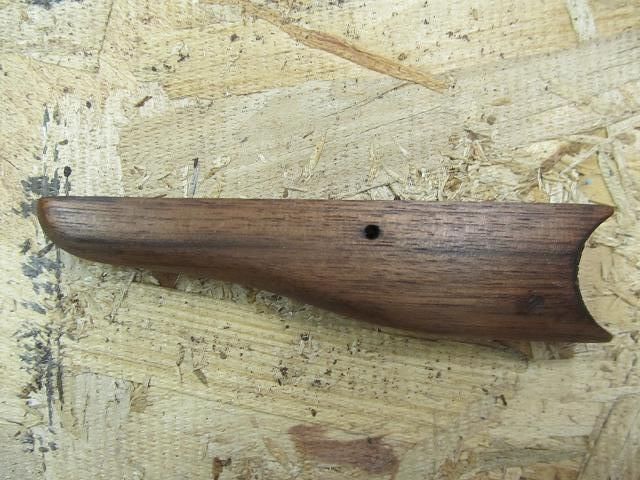
Now its time to deal with the butt stock
To be continued??
